Discover must-see destinations, iconic hikes, and expert tips with this epic 2-week South Island New Zealand Road Trip Itinerary!
There’s something about New Zealand’s South Island that calls to the wanderers, the ones who crave open roads and untamed beauty. It’s the kind of place where the landscape swallows you whole, leaving you feeling insignificant and alive all at once.
For two weeks, you’ll live on the road, packing and unpacking in places that will make you question why you’ve ever called anywhere else home. From the bustling streets of Christchurch to the raw beauty of Mount Cook, from the haunting fjords of Milford Sound to the alpine charm of Wanaka—this isn’t a vacation. This is an expedition into the soul of New Zealand, and when you finally reach the end of the road, you’ll wonder why you ever thought two weeks could be enough.
This 2-Week South Island New Zealand Road Trip Itinerary outlines a route that takes you from Christchurch to the southern tip of the South Island, ending in Wanaka (or do a loop), with a focus on grand natural attractions along the way.
Welcome to your next adventure!
Table of Contents
You can use the links below to jump to a certain section of the blog post.
Disclosure
Some links in my content may be affiliates, which means that I get a small percentage cut of the sale, if you end up buying something. This helps me keep the site going. Thank you for your support!
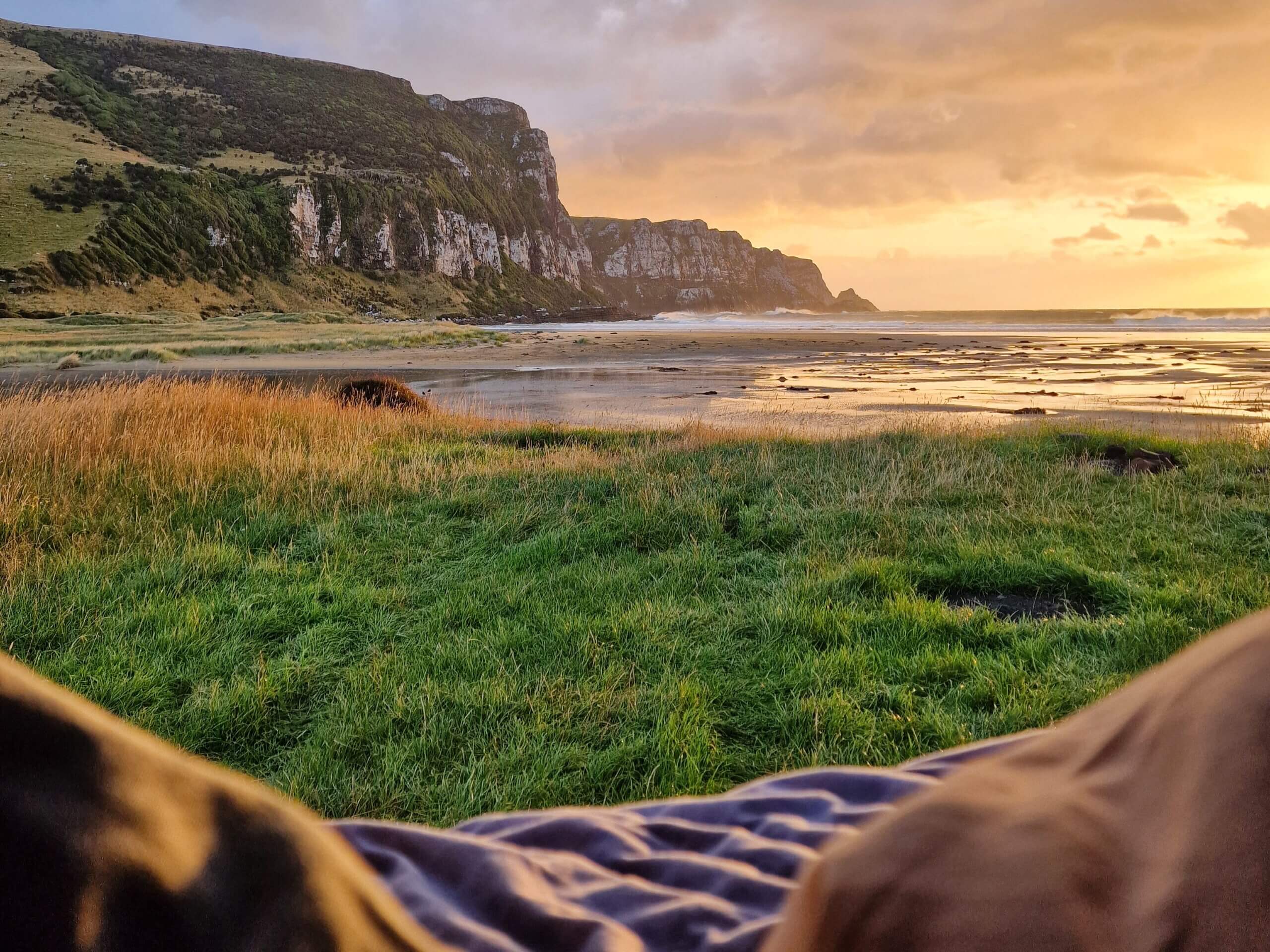
Quick Overview: 2-Week South Island Road Trip
- Total kilometers: Approximately 2,500–3,000 km (depending on detours)
- Point of entry: Christchurch
- Point of exit: Wanaka (or Christchurch if doing a loop)
- Towns you will visit:
- Christchurch
- Tekapo
- Twizel
- Mount Cook Village
- Dunedin
- Invercargill
- Te Anau
- Queenstown
- Arrowtown
- Wanaka
- Grand Nature Experiences:
- Aoraki/Mount Cook National Park
- The Catlins
- Fiordland National Park
- The Southern Alps
- The optimal months for this road trip: October to April (spring to autumn)
What you need to know: Road Tripping on New Zealand’s South Island
Before hitting the open road and diving into New Zealand’s South Island, here are a few key tips and insights to make your road trip smooth, safe, and unforgettable.
Driving in New Zealand
- Left-hand drive: In New Zealand, you’ll be driving on the left side of the road. If you’re not used to it, take some time to adjust and be cautious, especially on winding mountain roads.
- Narrow, winding roads: South Island roads can be narrow, with sharp turns and steep drops, especially around Milford Sound, Arthur’s Pass, and coastal areas. Drive slowly and enjoy the view!
- One-lane bridges: You’ll encounter several one-lane bridges. The signs will indicate which direction has the right of way—approach slowly and be courteous.
- Fuel up: Petrol stations can be few and far between in remote areas. Always top up when you have the chance, especially before long drives.
Freedom Camping
- Where to camp: Freedom camping is allowed in many areas, but only in designated spots. Use apps like WikiCamps or CamperMate to find legal free camping areas and avoid fines.
- Respect nature: Always use public facilities or self-contained toilets, and pack out all rubbish. New Zealand’s natural beauty depends on visitors leaving no trace.
- DOC Campsites: The Department of Conservation (DOC) runs affordable campsites in remote areas, often with minimal facilities but stunning views. These are great options for budget travelers.
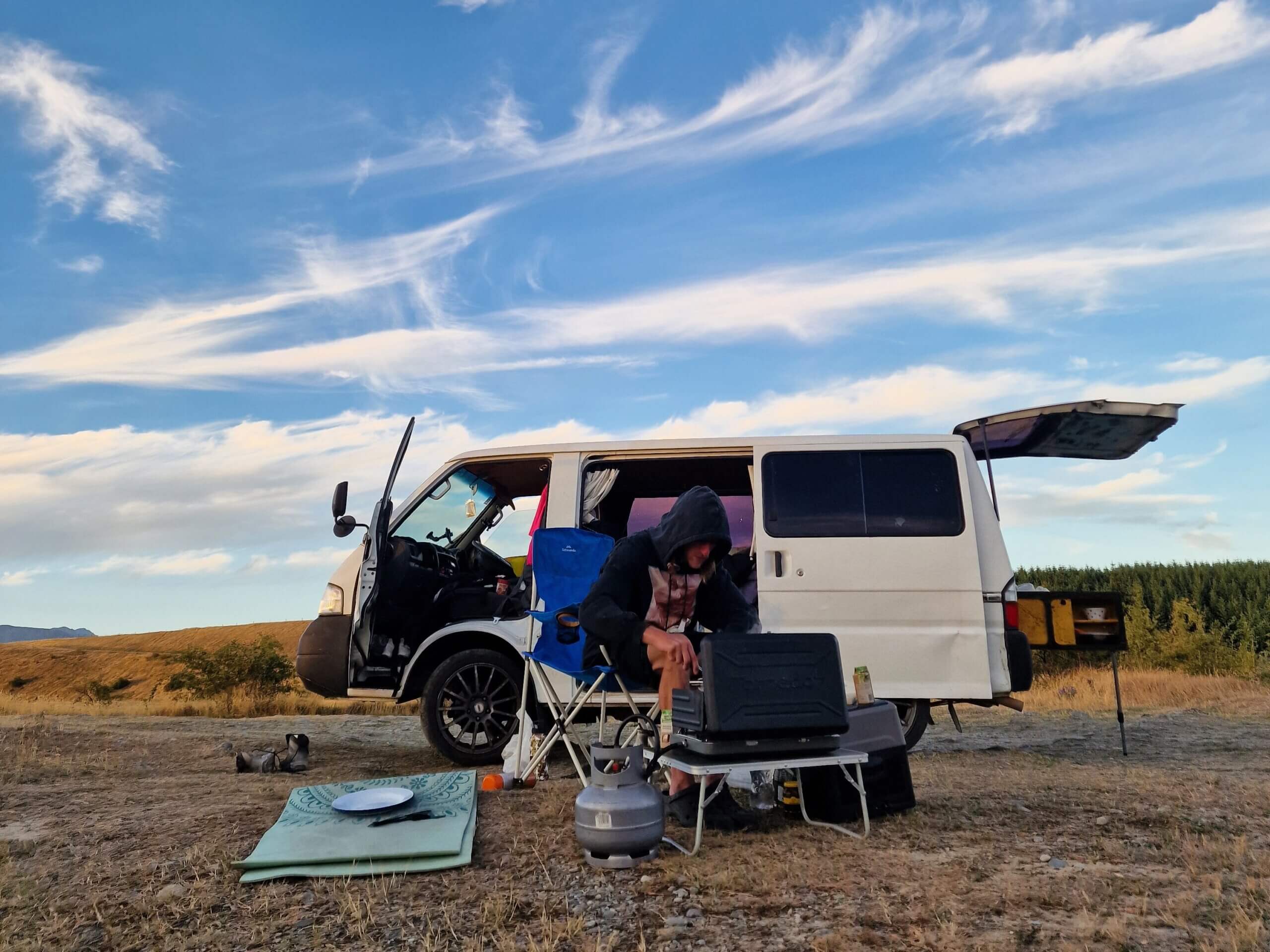
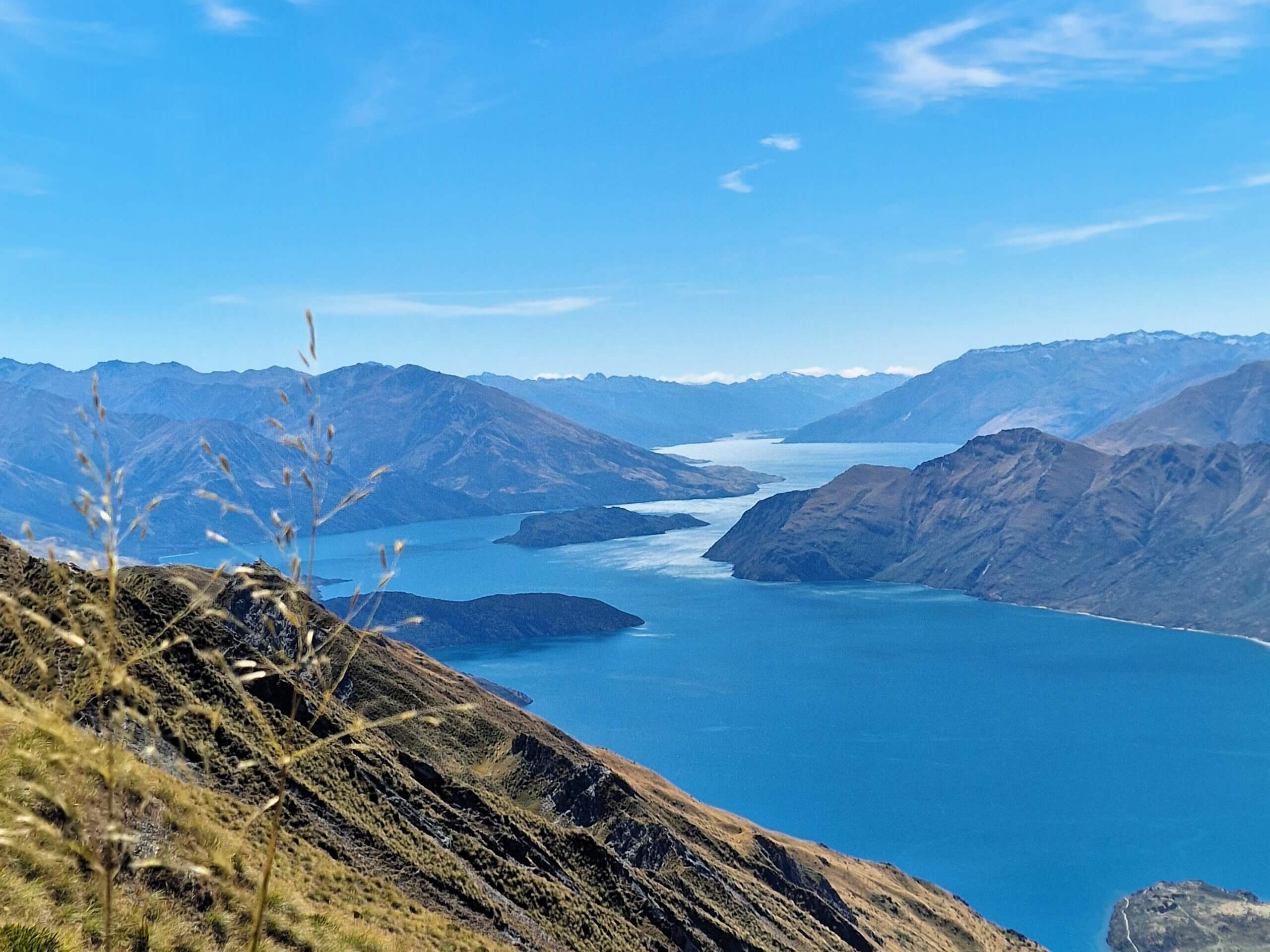
Weather and Seasons
- Unpredictable weather: The South Island’s weather can change quickly, especially in mountainous regions. Always be prepared for rain, wind, and colder temperatures—even in summer.
- Winter vs. Summer: Summer (December-February) offers longer days and warmer weather, perfect for hiking and exploring. Winter (June-August) is ideal for skiing, but some roads, like the Milford Sound road, can be hazardous due to snow or ice.
Hiking and Outdoor Safety
- Stay on trails: Whether it’s the Hooker Valley Track or Roys Peak, stick to marked trails. The weather and terrain can be unpredictable, so don’t take unnecessary risks.
- Pack for all conditions: Bring layers, rain gear, sturdy shoes, and plenty of water, especially on longer hikes like Ben Lomond or parts of the Kepler Track.
- Sandflies: These pesky insects are common, especially near lakes and rivers. Bring insect repellent and cover up when necessary.
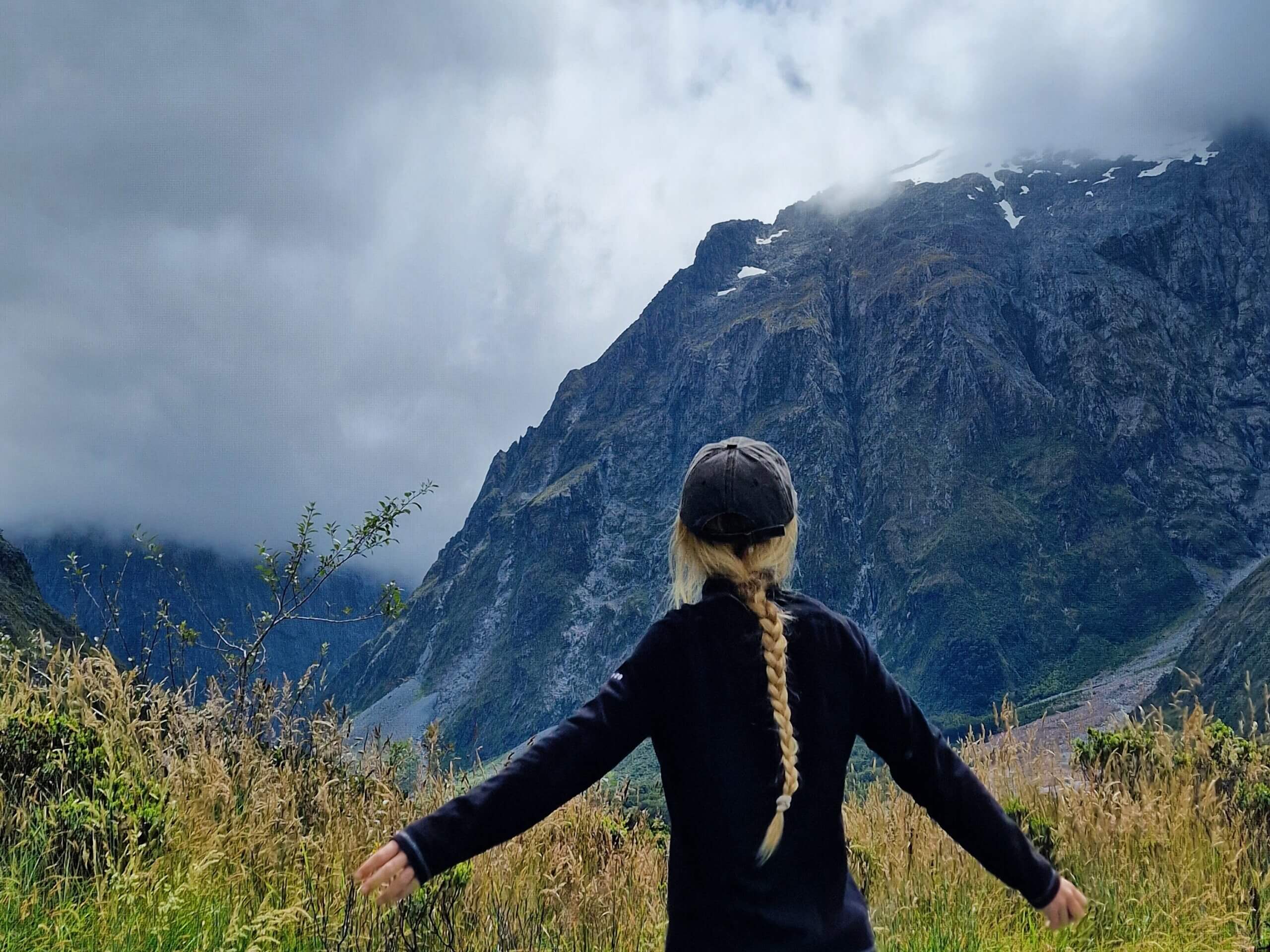
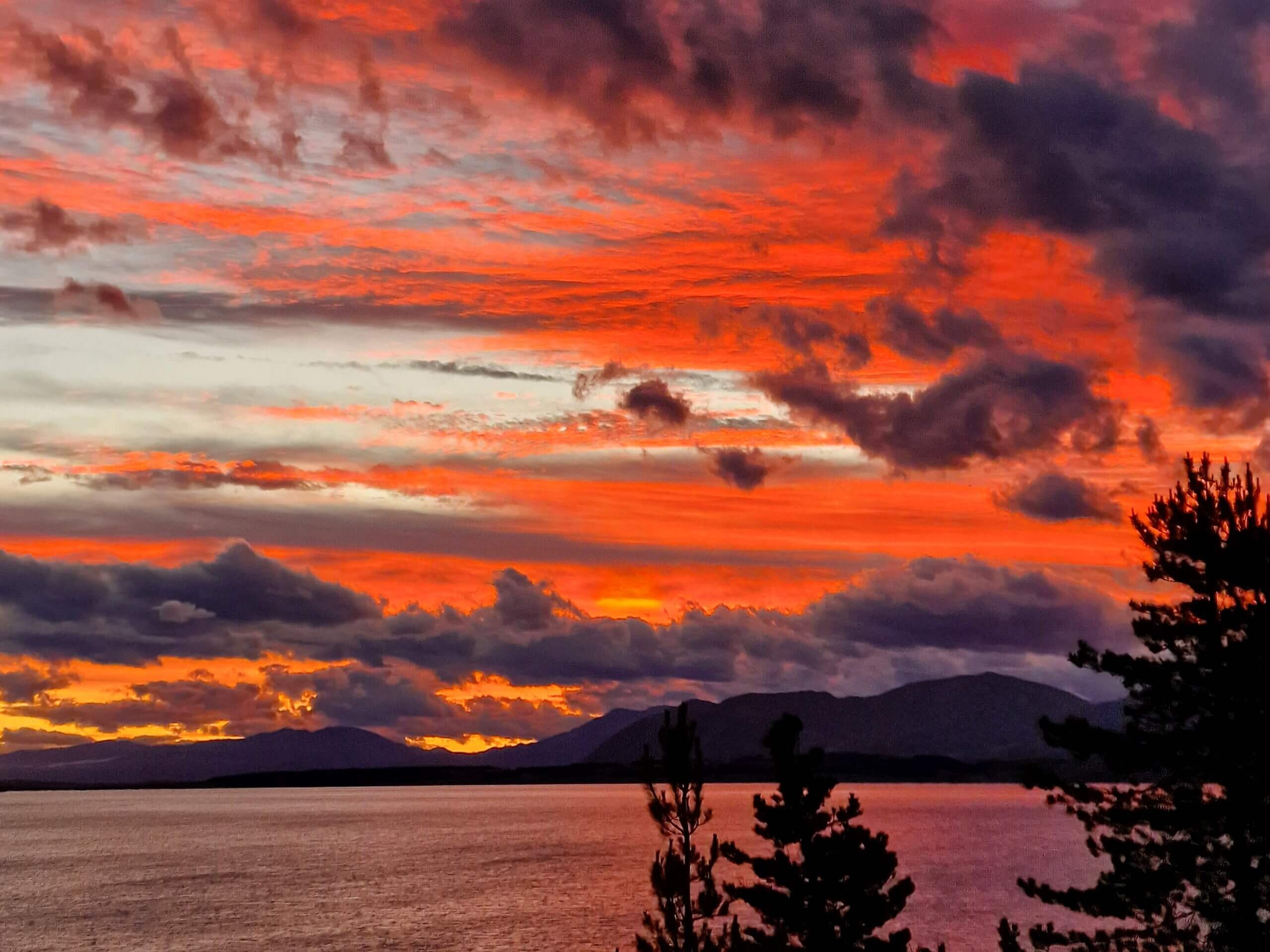
Wildlife and Nature
- Respect wildlife: You might encounter native birds, seals, or even penguins along your route. Keep a respectful distance and never feed the animals.
- Take care on the roads: You’ll often come across sheep, cattle, or even kea parrots on rural roads. Drive slowly and be ready to stop.
Mobile Coverage and Connectivity
- Limited coverage: Many remote areas, especially in Fiordland and along the West Coast, have limited or no mobile coverage. Plan your route in advance and download offline maps.
- WiFi or SIM Card: Free WiFi can be rare outside major towns. If staying connected is essential, consider getting a local SIM card with data or opt for an eSIM card like Airalo.
Food and Supplies
- Stock up in towns: Small towns can have limited grocery stores, and prices may be higher in remote areas. Stock up on essentials like snacks, water, and camping supplies in larger towns like Queenstown, Wanaka, and Christchurch.
- Cafés and local eats: South Island’s small towns are known for their local eateries. Try fresh fish and chips, local pies, and craft beer along the way.
Must-Have Apps for Road Tripping
- Camping Apps: Apps like Campermate, WikiCamps, Roady and Rankers can be useful for finding campsites, toilets, fuel stations, and more.
- Maps and Navigation: Download offline maps with apps like Maps.Me or Google Maps before you head out, especially in remote areas.
- Weather Forecasts: MetService NZ is New Zealand’s official weather app to keep track of changing conditions. I also swear by YR and Windy for more detailed forecasts.
Ultimate 2-Week South Island Road Trip Itinerary
This two-week itinerary will take you on an unforgettable journey through New Zealand’s South Island. From glacial lakes and alpine hikes to rugged coastlines and charming towns, you’ll experience the best this wild island has to offer.
Day 1: Christchurch to Lake Opuha
- Drive time: 2 hours 15 minutes (180 km)
- Explore: Your adventure begins in Christchurch, the South Island’s largest city. Spend the morning exploring the Christchurch Botanic Gardens, or visit the Riverside Market for a taste of local produce and artisanal foods.
- Lunch suggestion: Grab a bite at C1 Espresso for quirky, tube-delivered sliders, or check out Little High Eatery for a range of local street food.
- Where to camp: After lunch, start your road trip and head to Lake Opuha. It’s a quiet spot perfect for your first night of freedom camping under the stars. There are several spots available at Lake Opuha. The North, West, and South campsites are designated for self-contained campervans, while the East campsite is reserved for tent camping. There are drop toilets and picnic tables available. You can also find a nearby DOC campsite if you prefer more facilities.
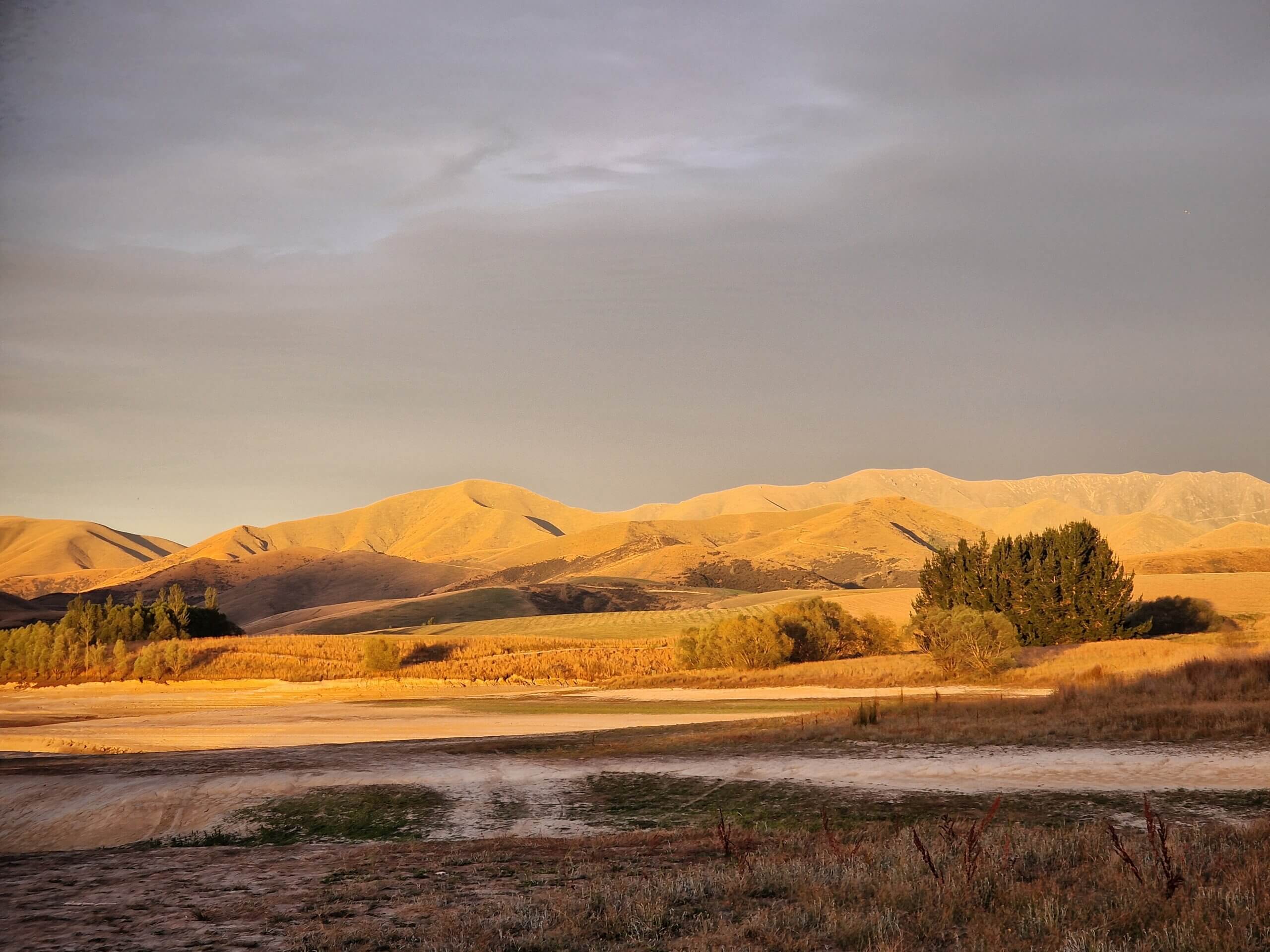
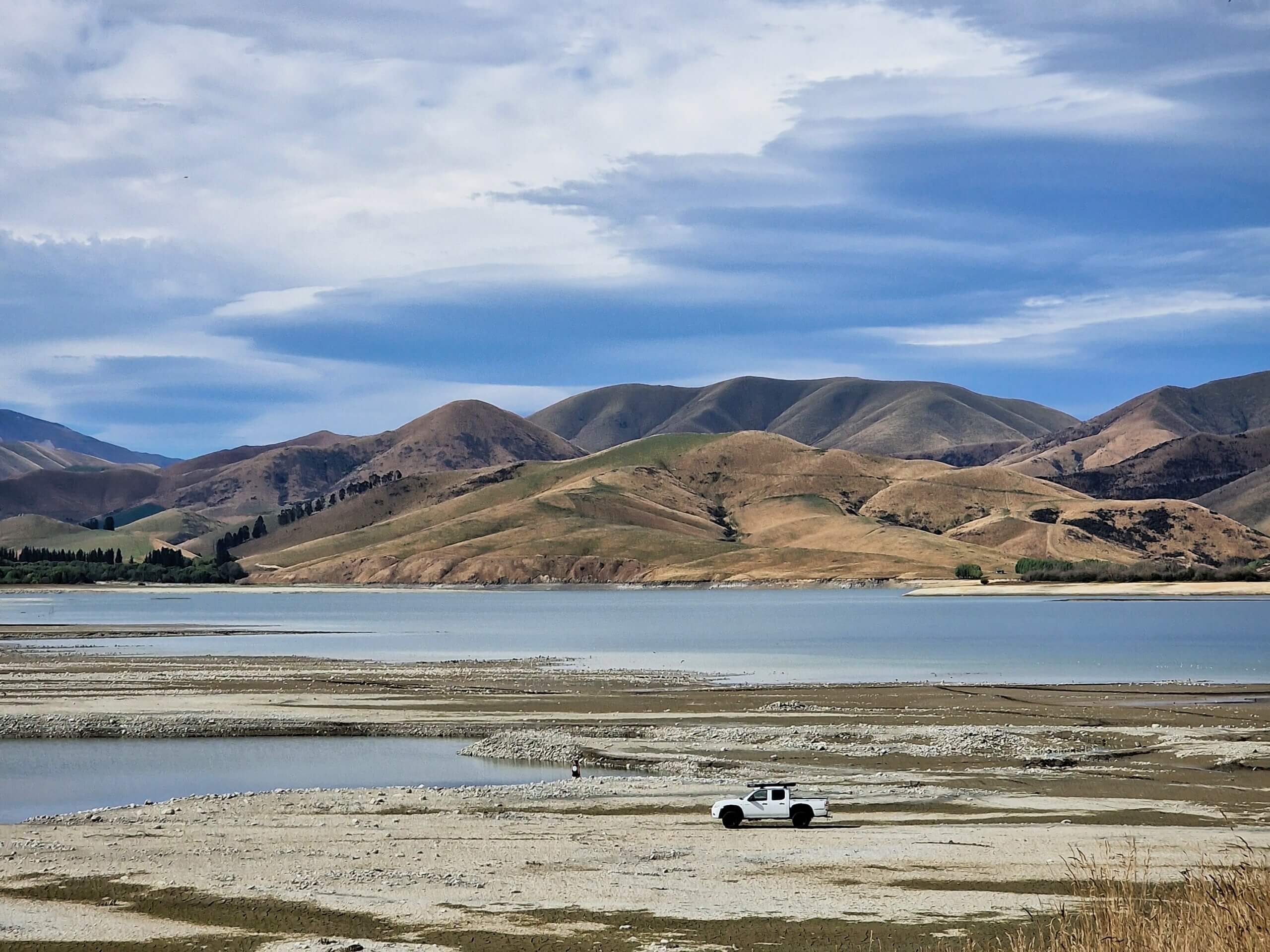
Day 2: Lake Opuha to Lake Pukaki (via Lake Tekapo & Three Creeks)
- Drive time: 2 hours (140 km)
- Explore: Drive toward Lake Tekapo, one of New Zealand’s most iconic lakes. On the way, stop at the quirky Three Creeks Vintage Garage, where you can explore retro memorabilia, antique cars, and grab a coffee. For stargazers, Tekapo is part of the Aoraki Mackenzie International Dark Sky Reserve, perfect for night-time stargazing. Once in Lake Tekapo, visit the Church of the Good Shepherd and take in the stunning views of the turquoise lake.
- Lunch suggestion: Reflections Café & Restaurant in Tekapo has scenic views of the lake and serves great lunch options.
- Where to camp: After lunch, drive to Lake Pukaki. Stop at Peter’s Lookout for stunning views of Aoraki/Mount Cook before setting up camp near the lake for a peaceful night. Freedom camp at Lake Pukaki or stay at Pukaki Lakeside Getaway for more amenities.
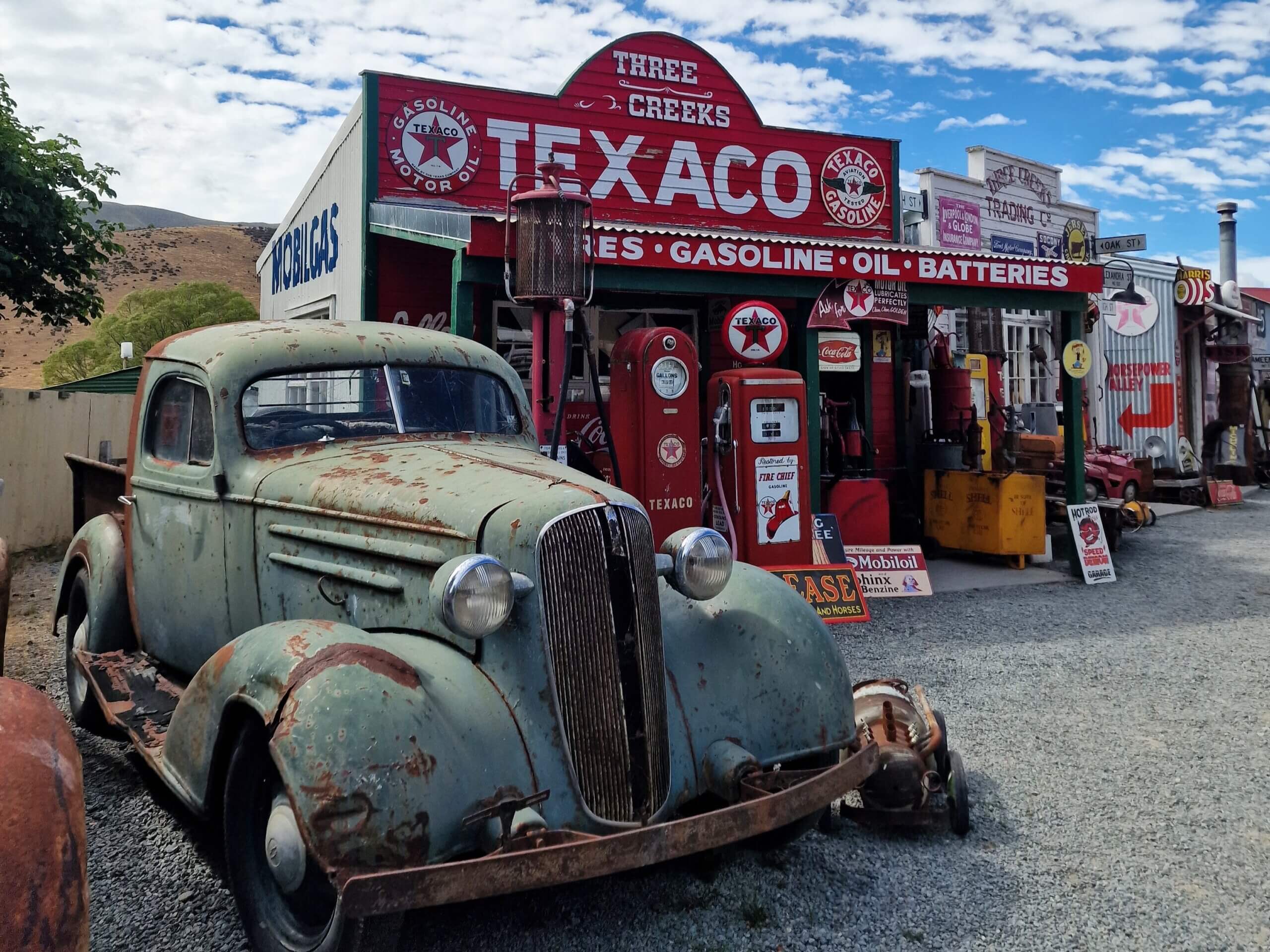
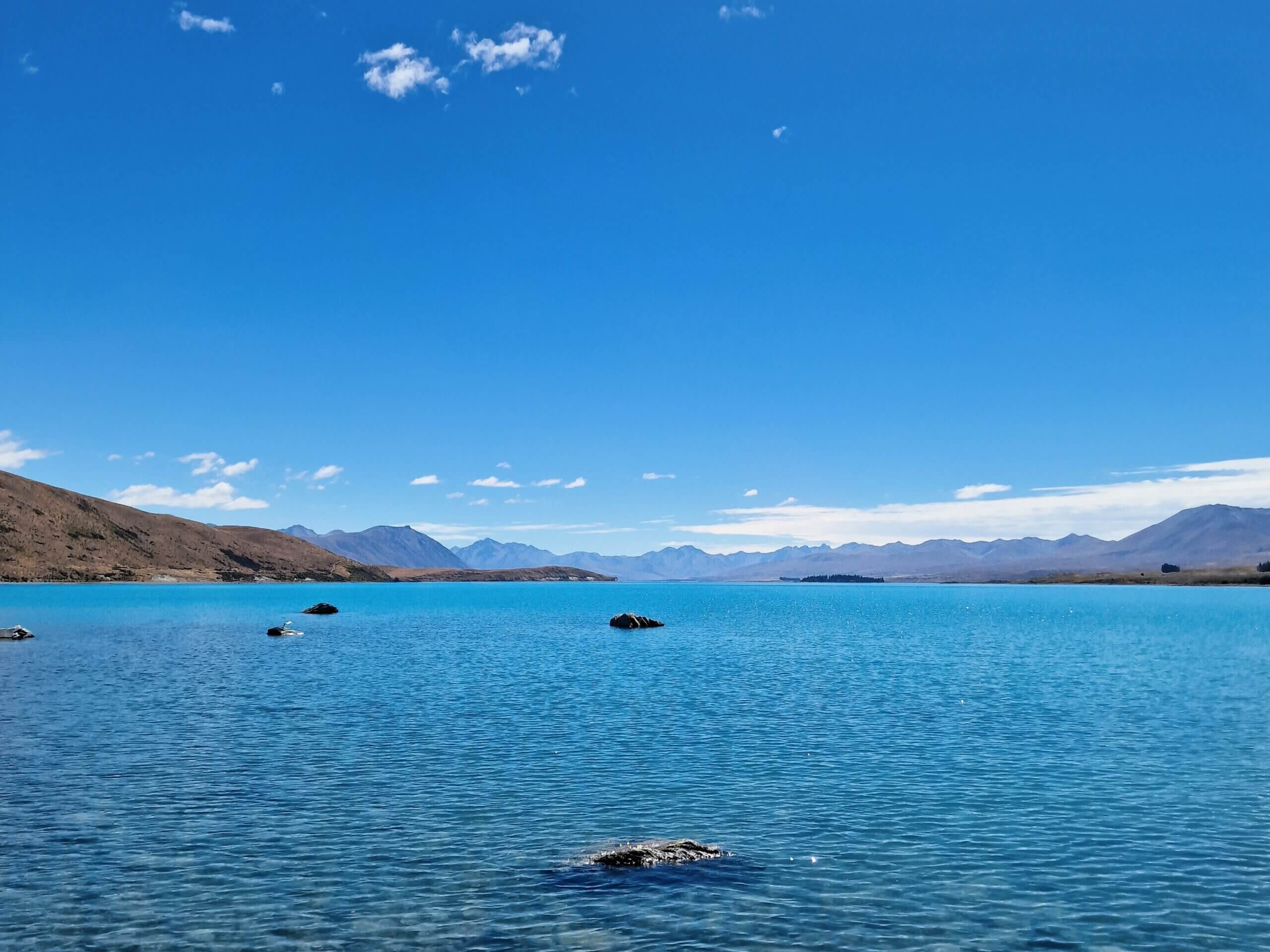
Day 3: Lake Pukaki to Mount Cook National Park
- Drive time: 45 minutes (60 km)
- Explore: Today’s highlight is Aoraki/Mount Cook National Park, home to New Zealand’s highest mountain. Begin your day with breakfast in Twizel, a small town just off the highway. Once you arrive at Mount Cook, head out for a hike on the Hooker Valley Track (3-4 hours return), one of the most scenic trails in the country. If you’re feeling more adventurous, you can also tackle the Sefton Bivouac Track, a more challenging but rewarding hike with fewer crowds.
- Lunch suggestion: Pack a picnic lunch or grab a bite at The Old Mountaineers Café & Restaurant near the visitor center.
- Where to camp: Stay at the White Horse Hill Campground in the national park or head back to Lake Ruataniwha near Twizel for freedom camping.
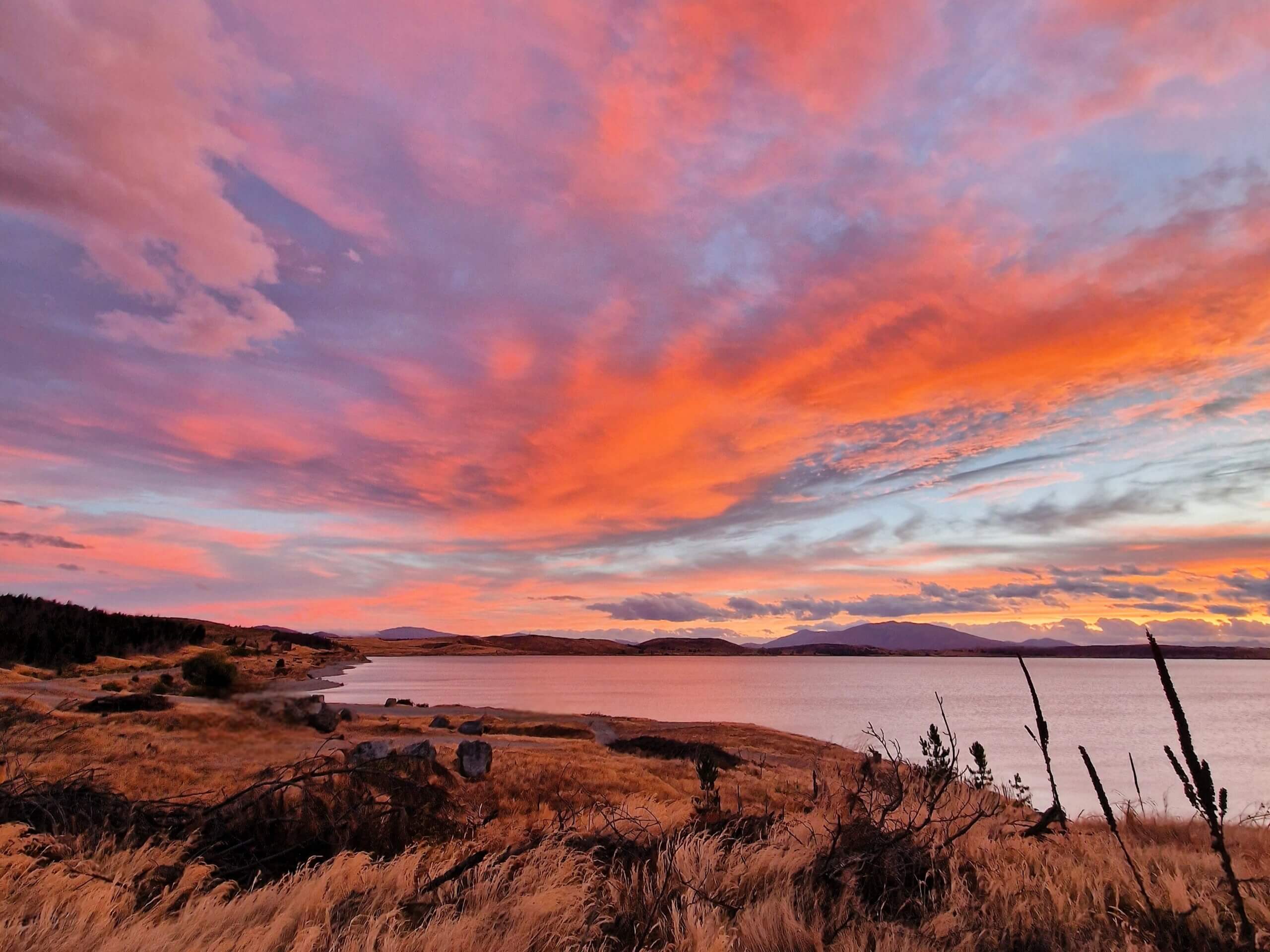
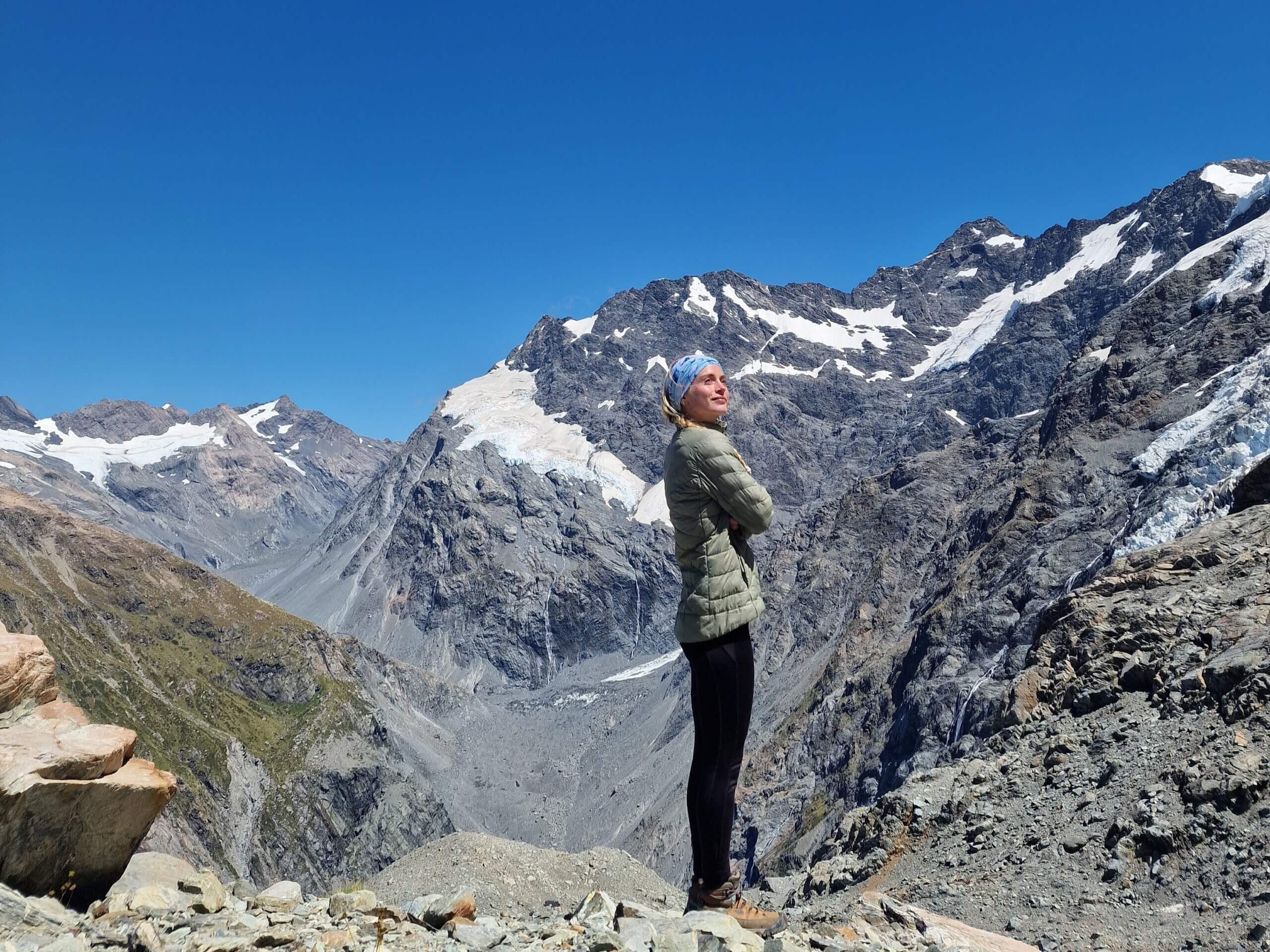
Day 4: Twizel to Dunedin (via Clay Cliffs & Moeraki Boulders)
- Drive time: 4 hours 30 minutes (340 km)
- Explore: Start the day by visiting the stunning Clay Cliffs near Omarama, a dramatic geological formation that feels otherworldly. Afterward, stop at the Elephant Rocks, famous for their limestone formations that dot the landscape like something out of a fantasy film. Continue toward the coast and visit the famous Moeraki Boulders, massive spherical stones scattered along the beach.
- Lunch suggestion: Try The Fishwife in Moeraki for incredible seafood right by the water.
- Where to camp: Finish the day by driving to Dunedin, a vibrant city known for its rich Scottish heritage. Freedom camping is allowed in a lot of areas of Dunedin, so pick your favorite. Read more about freedom camping in Dunedin on this government website.
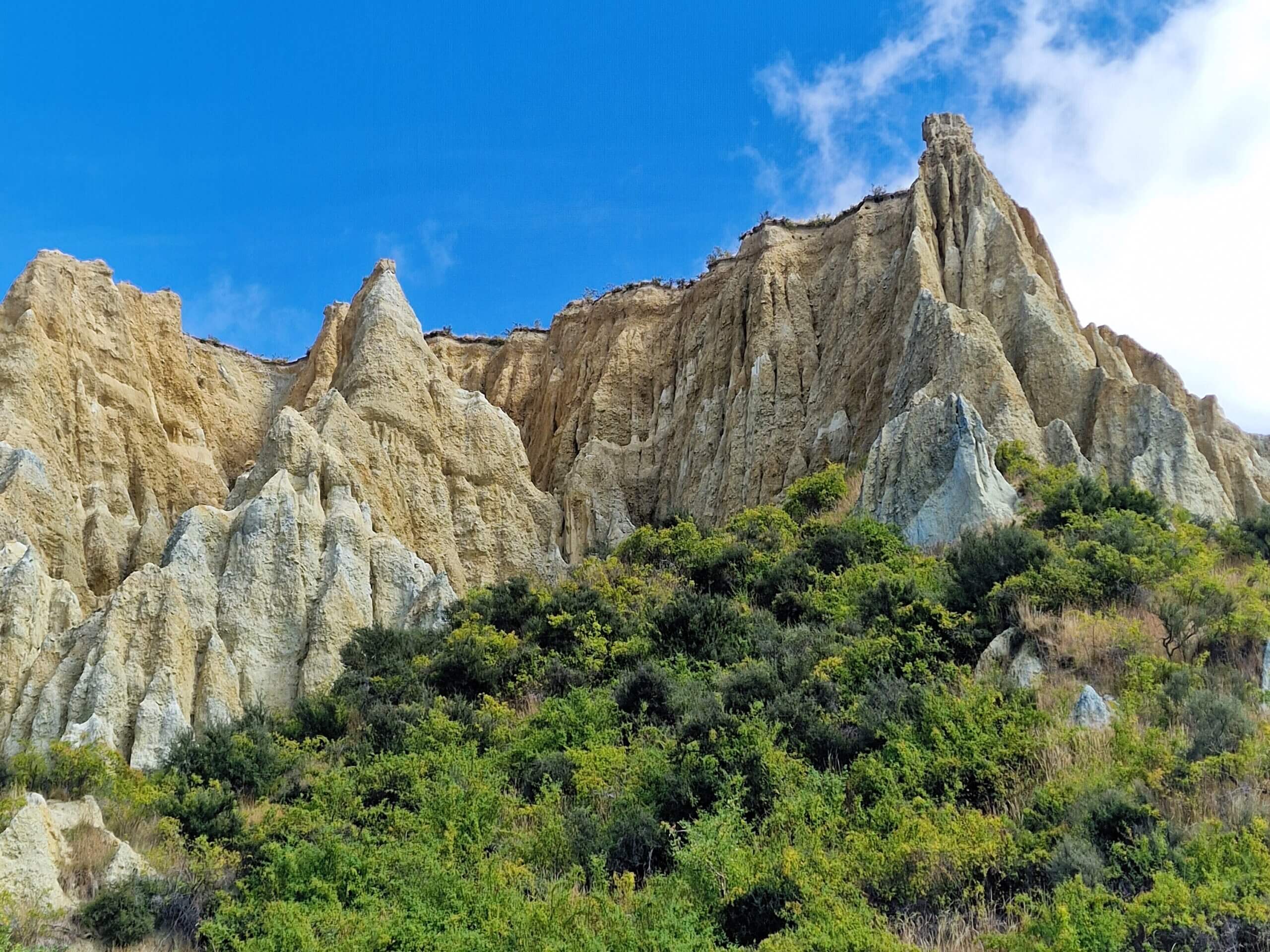
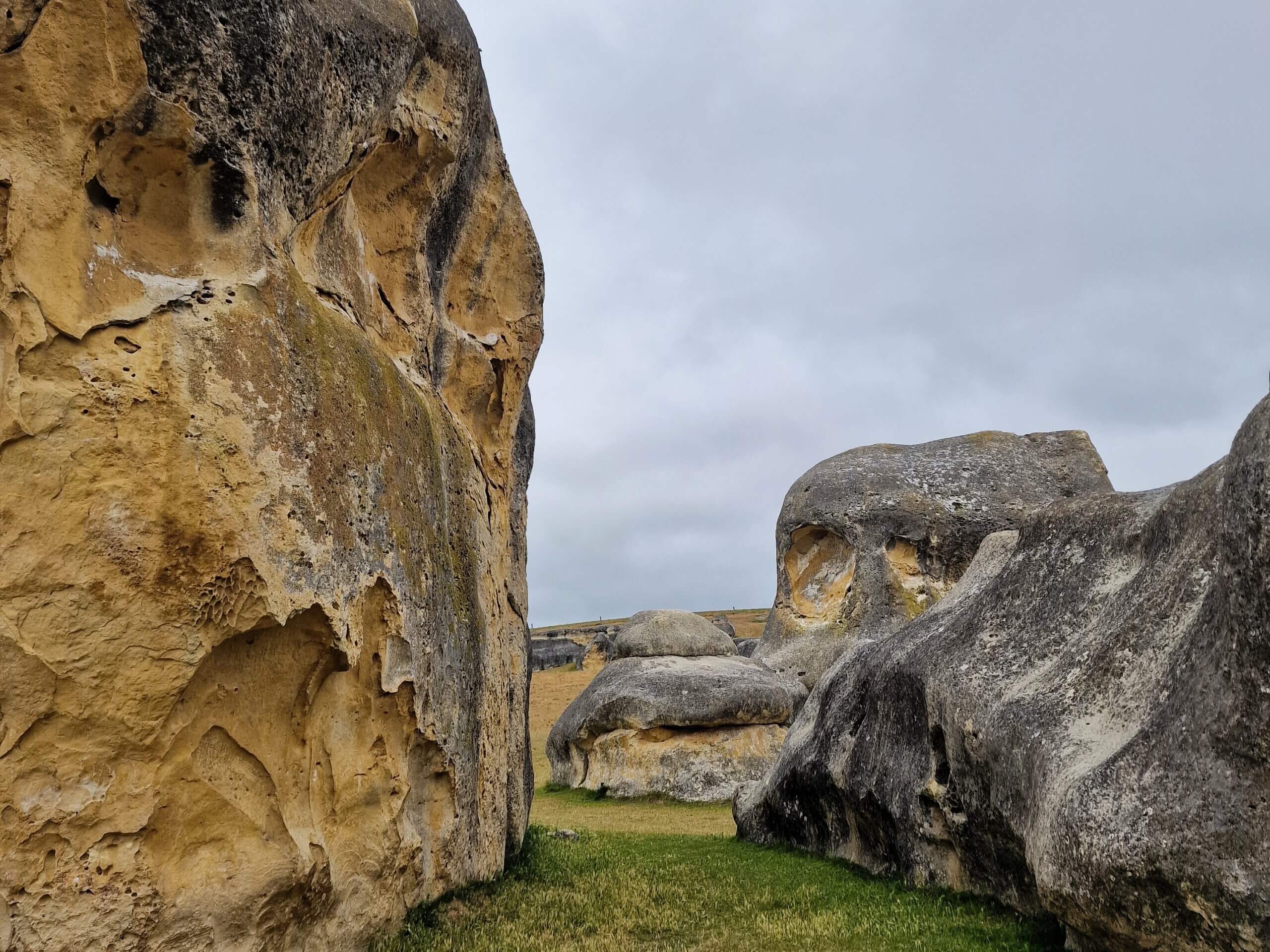
Day 5: Dunedin to Purakaunui Bay (via Tunnel Beach & Nugget Point)
- Drive time: 2 hours 30 minutes (160 km)
- Explore: Dunedin’s vibrant street art and historic architecture are best explored on foot. Be sure to visit Baldwin Street, the steepest residential street in the world. Afterward, take a short hike to Tunnel Beach, where you’ll discover dramatic cliffs and secluded coves. From there, drive south to the charming coastal village of Kaka Point. At nearby Nugget Point, stroll to the lighthouse for breathtaking views of the rugged coastline, and keep an eye out for sea lions and penguins along the shore.
- Lunch suggestion: Grab lunch at the Kaka Point Café & Bar.
- Where to camp: Continue south to Purakaunui Bay for a scenic, secluded campsite by the beach. It is a stunning spot right on the beach, perfect for camping.
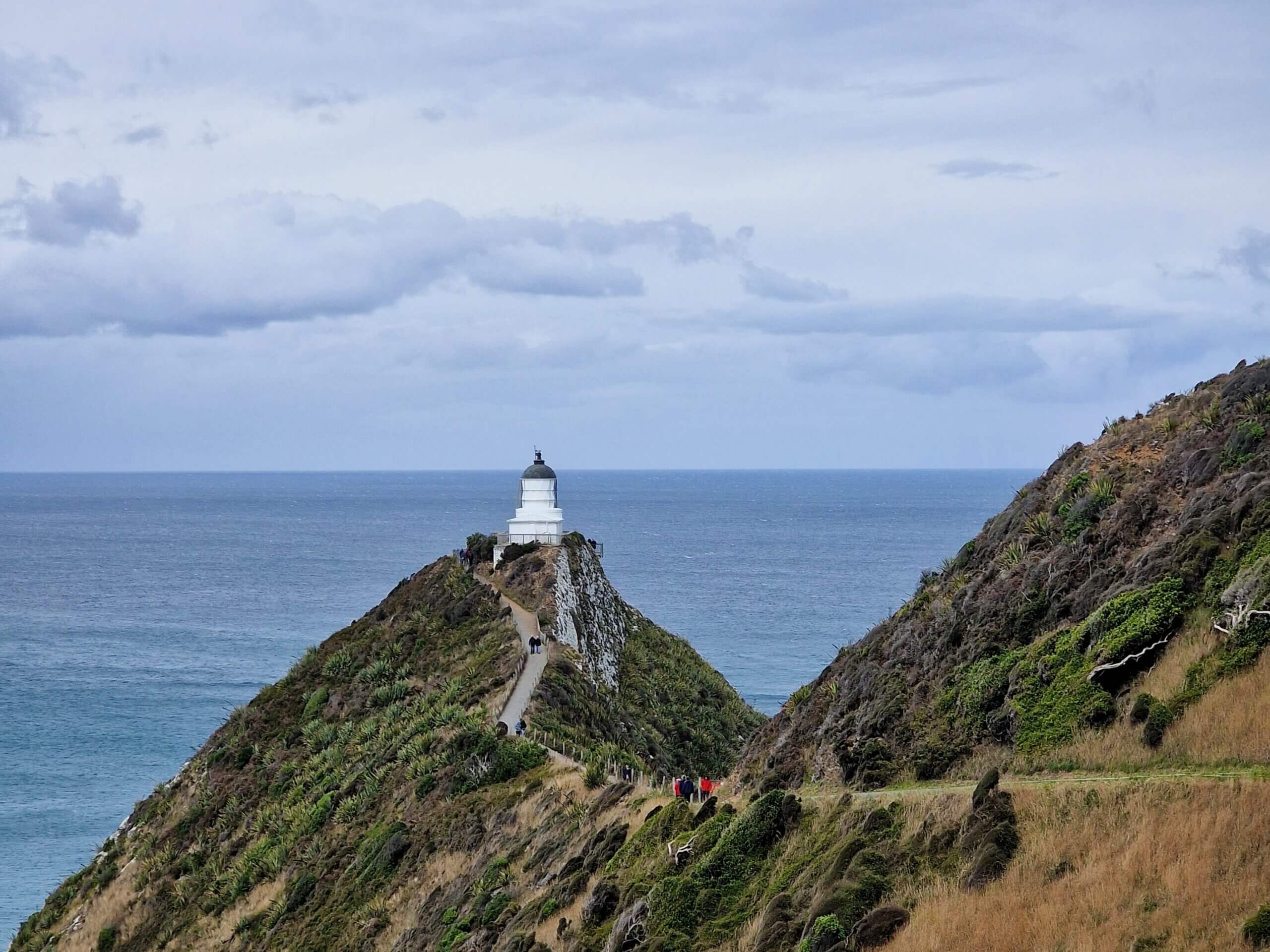
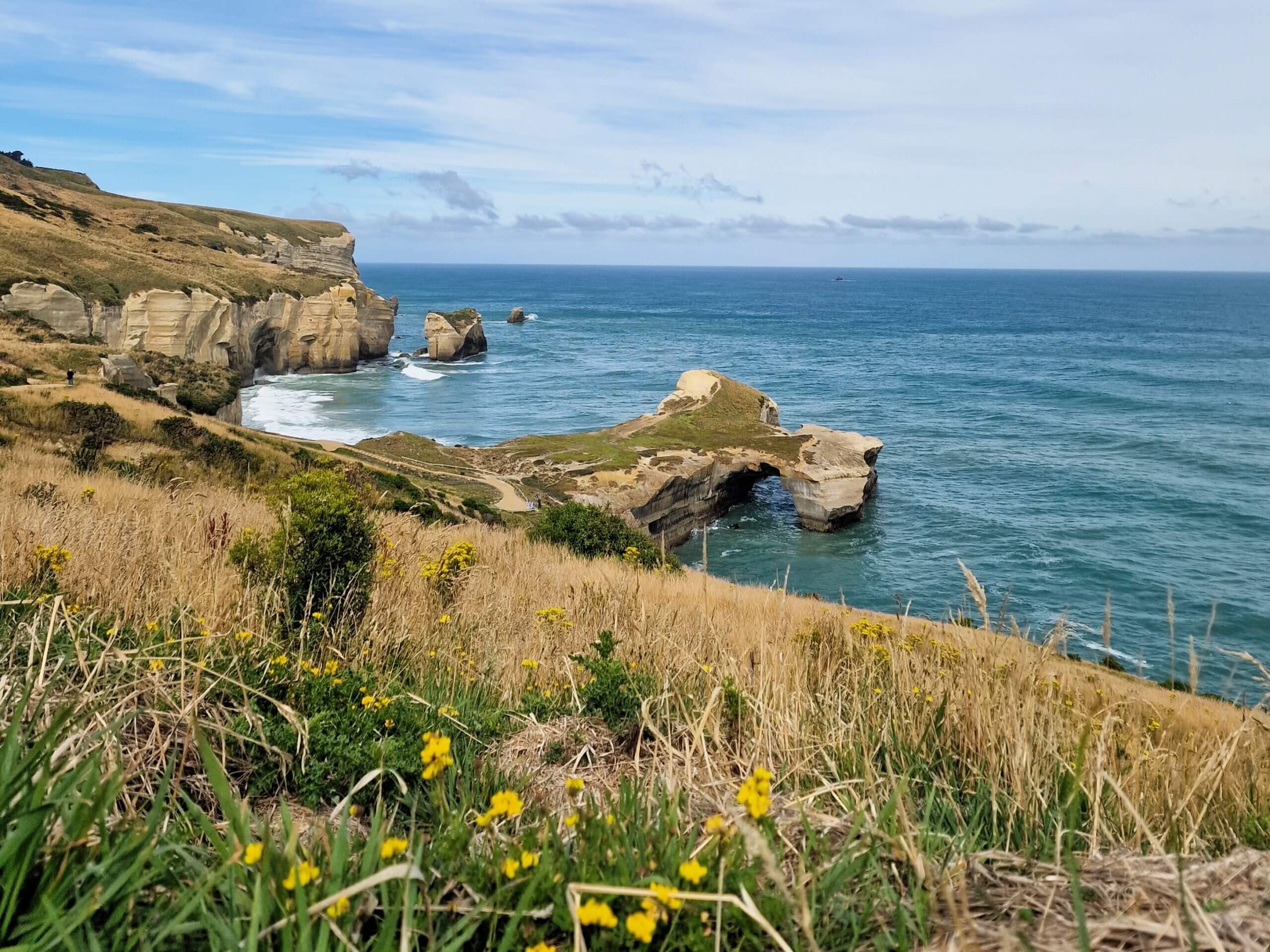
Day 6: Purakaunui Bay to Invercargill (via McLean Falls & Cathedral Caves)
- Drive time: 2 hours 30 minutes (160 km)
- Explore: Discover the Catlins region today, starting with the short hike to McLean Falls, one of the most impressive waterfalls on the South Island. If tides allow, visit the Cathedral Caves, a must-see sea cave system only accessible at low tide.
- Lunch suggestion: Stop at the Whistling Frog Café in the Catlins for a cozy, local meal.
- Where to camp: Drive onward to Invercargill, the southernmost city in New Zealand, where you’ll spend the night. Find a spot to freedom camp or stay at Riverton Holiday Park, a little further west for a budget friendly option where you can grab a warm shower.
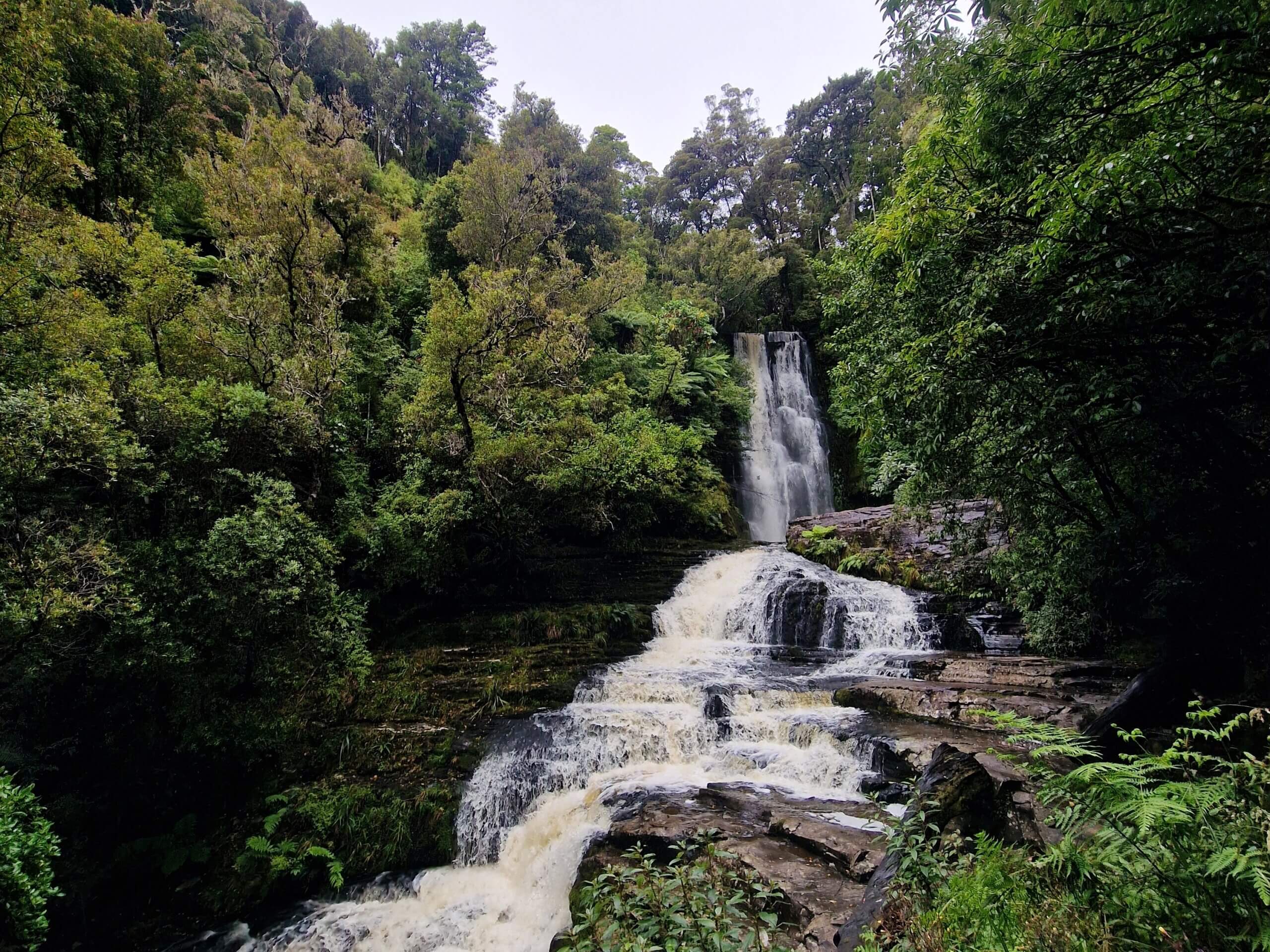
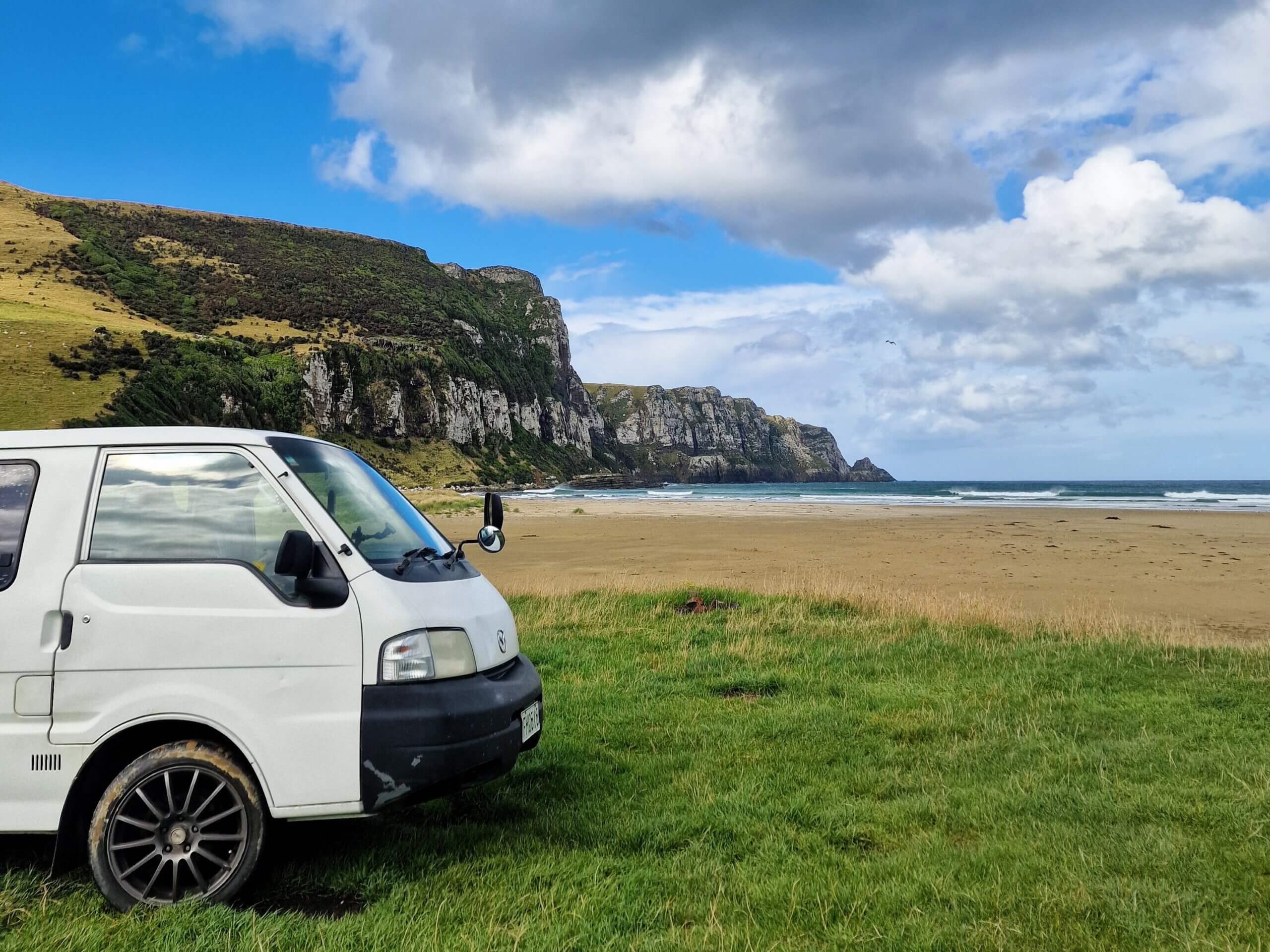
Day 7: Invercargill to Te Anau (via Clifden Caves & Southern Scenic Route)
- Drive time: 2 hours 30 minutes (200 km)
- Explore: Take the Southern Scenic Route today. Stop at Clifden Caves for a thrilling underground exploration of limestone formations. Continue on to Te Anau, the gateway to Fiordland National Park, and explore the Glow Worm Caves.
- Lunch suggestion: Have lunch at The Lakefront Café in Te Anau for stunning views of the area.
- Where to camp: You won’t find any freedom campsites near Te Anau, so you can choose to stay at Te Anau Lakeview Holiday Park for easy access to town or drive to the nearest freedom campsite, you can find. I stayed at this free spot near Whare Creek, 32 kilometers from Te Anau.
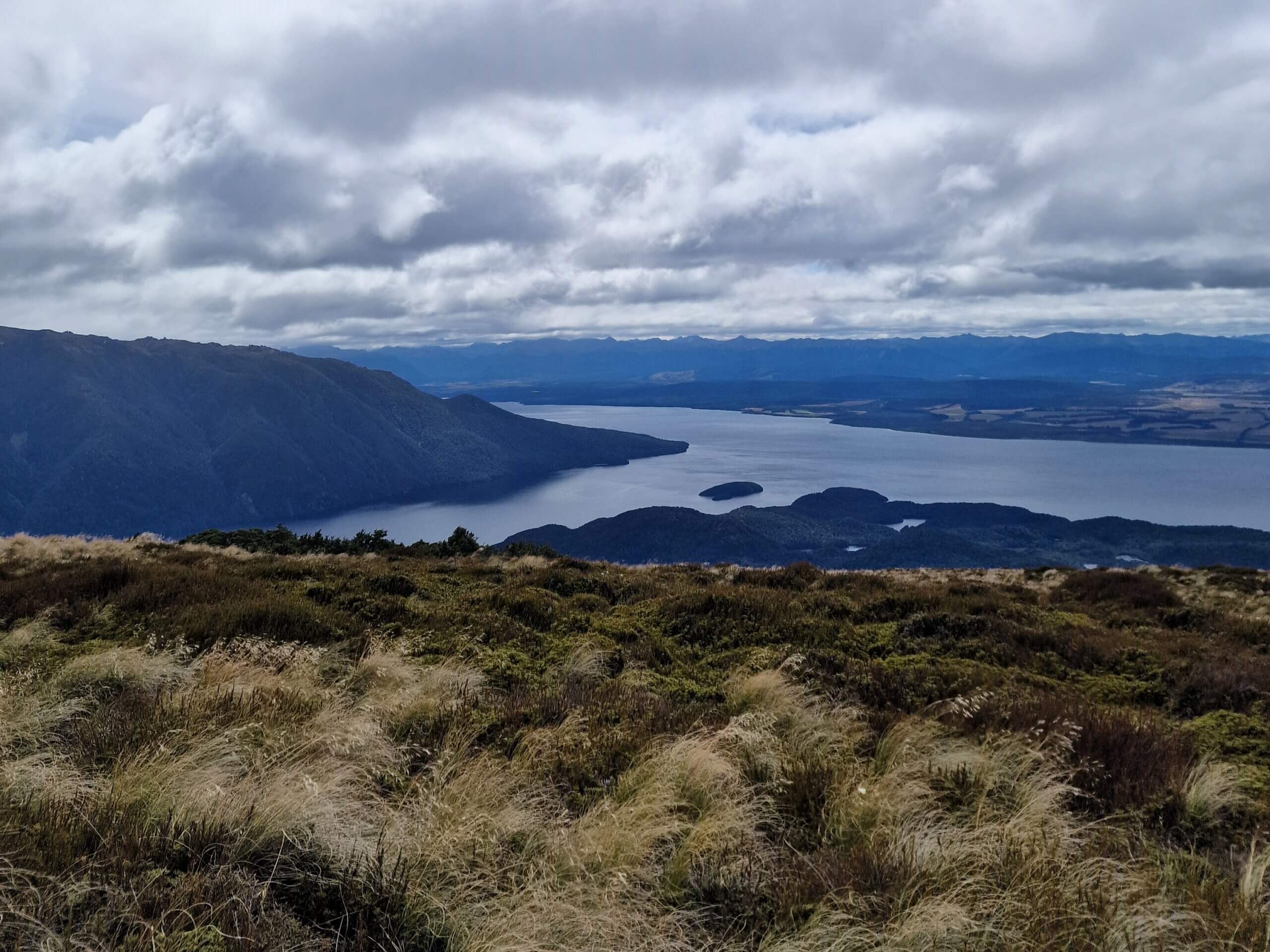
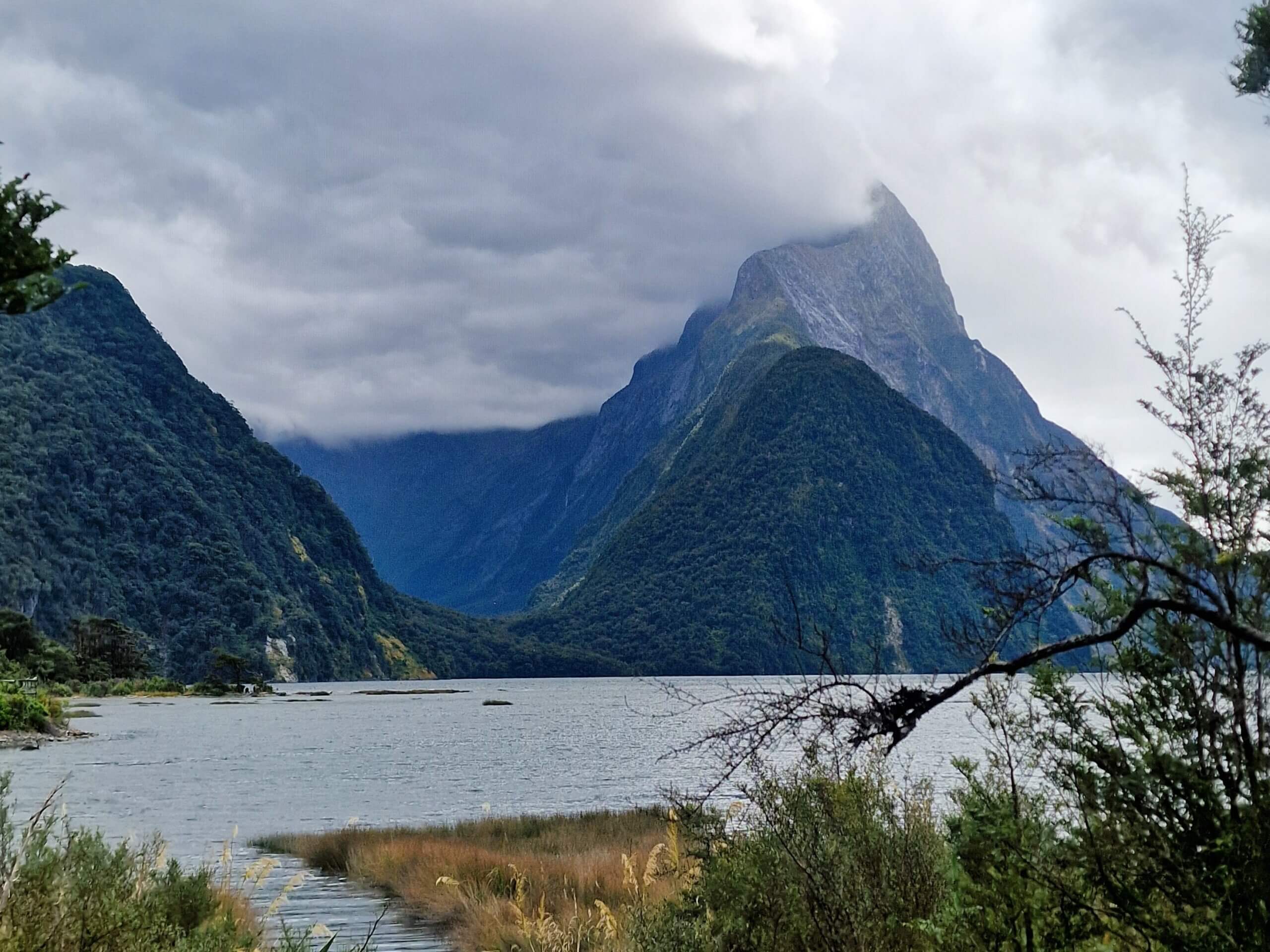
Day 8: Milford Sound Boat Tour
- Drive time: 2 hours each way (240 km round trip)
- Explore: Today is all about the iconic Milford Sound. Drive the stunning road through Fiordland National Park and take a boat cruise through Milford Sound, often called the “eighth wonder of the world.” If you’re lucky, you’ll see seals, dolphins, and even penguins. The drive to Milford Sound is stunning but can be narrow in places, so take it slow and stop at scenic points like the Mirror Lakes.
- Lunch suggestion: Pack a lunch to enjoy on the boat, or stop at the Milford Sound Café.
- Where to camp: Return to Te Anau Lakeview Holiday Park for the night or drive to the nearest freedom campsite, you can find. I stayed at this free spot near Whare Creek, 32 kilometers from Te Anau.
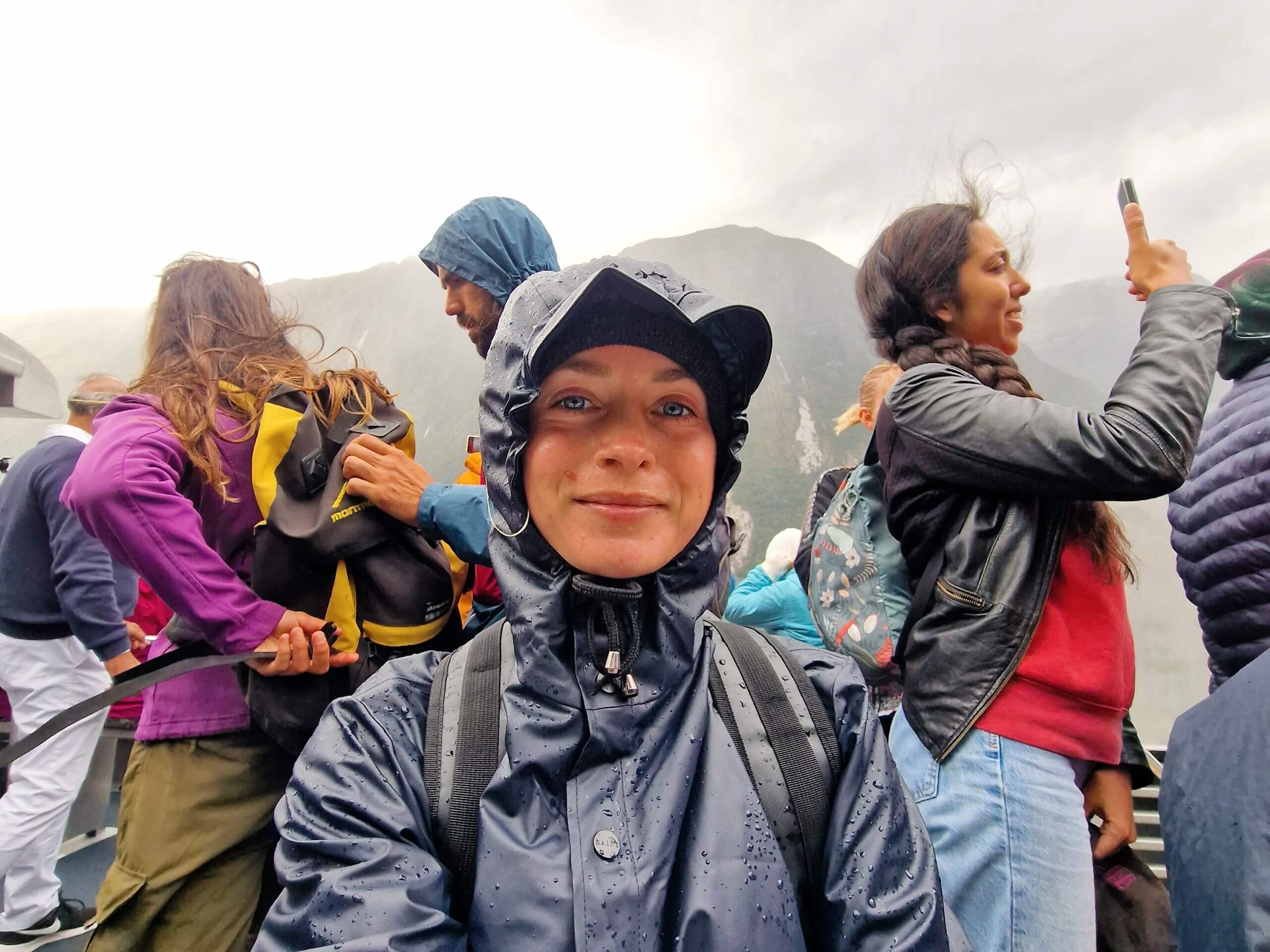
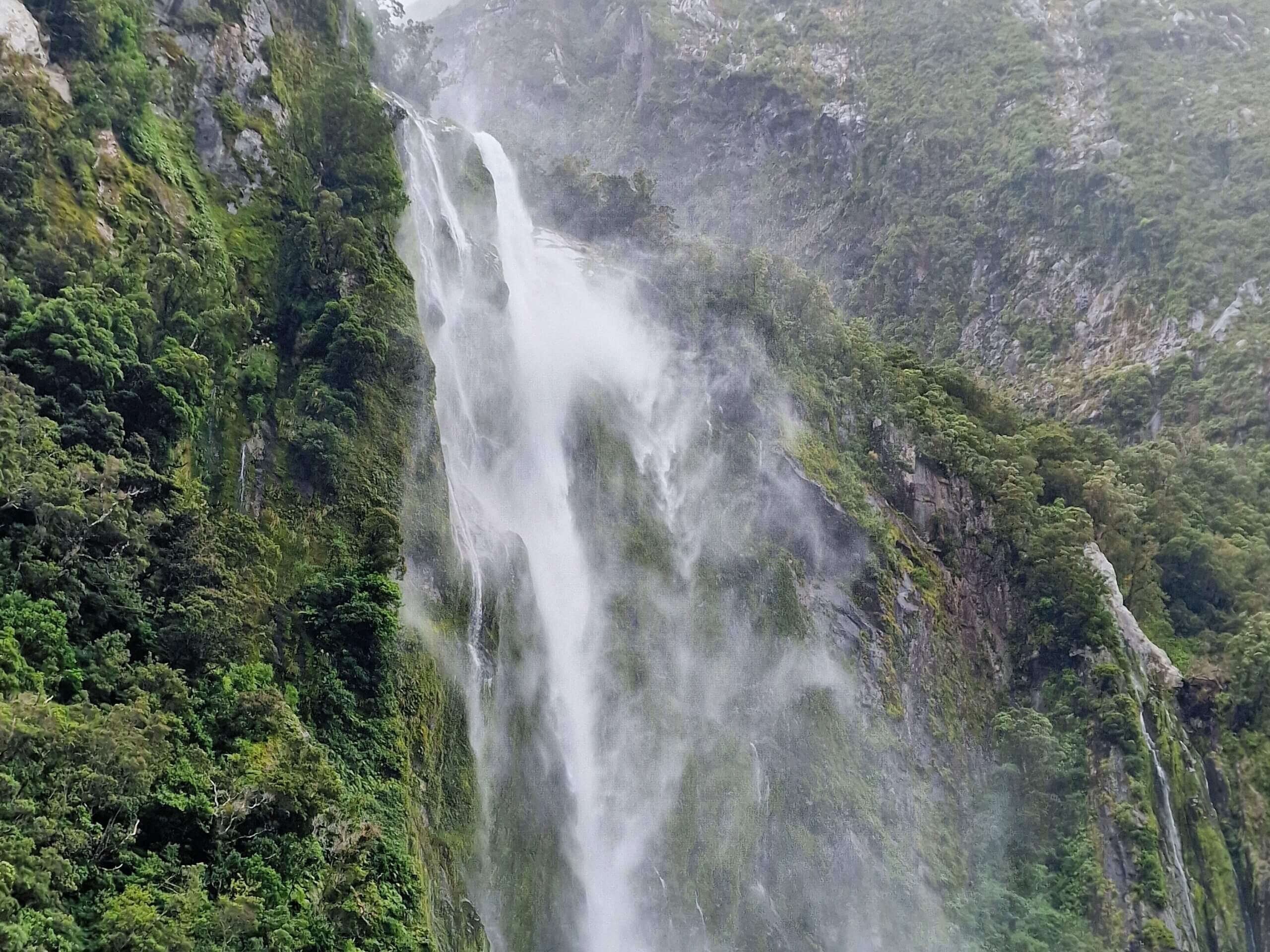
Day 9: Hike the Kepler Track
- Explore: Today, tackle part of the Kepler Track, one of New Zealand’s Great Walks. A popular day hike is from the Kepler Track car park to Luxmore Hut and back (6-8 hours return), offering panoramic views of Lake Te Anau and the surrounding mountains. If you’re short on time, consider a boat ride across Lake Te Anau to start the hike.
- Lunch suggestion: Bring a packed lunch for the hike.
- Where to camp: Return to Te Anau Lakeview Holiday Park for the night or drive to the nearest freedom campsite, you can find. I stayed at this free spot near Whare Creek, 32 kilometers from Te Anau.
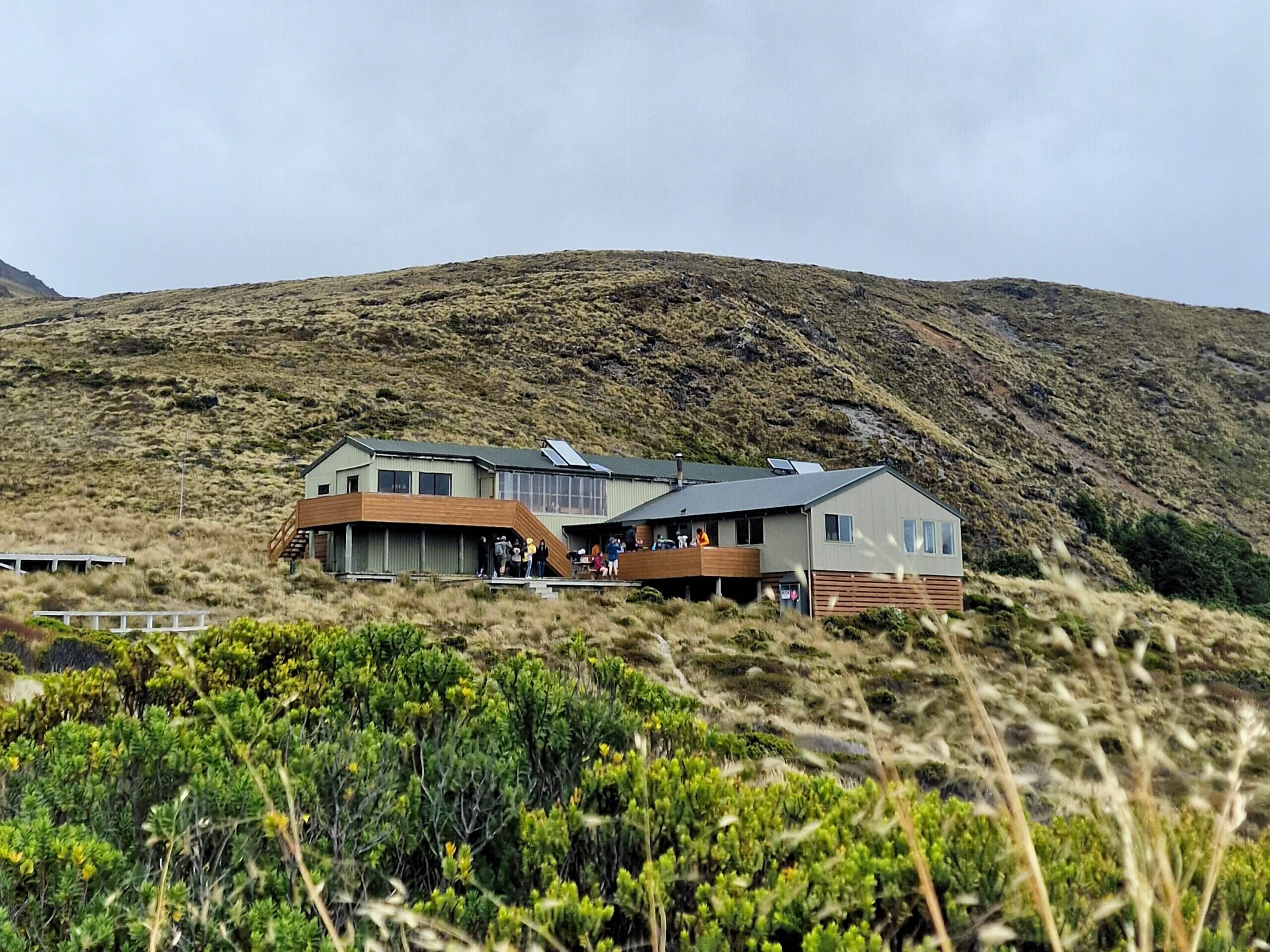
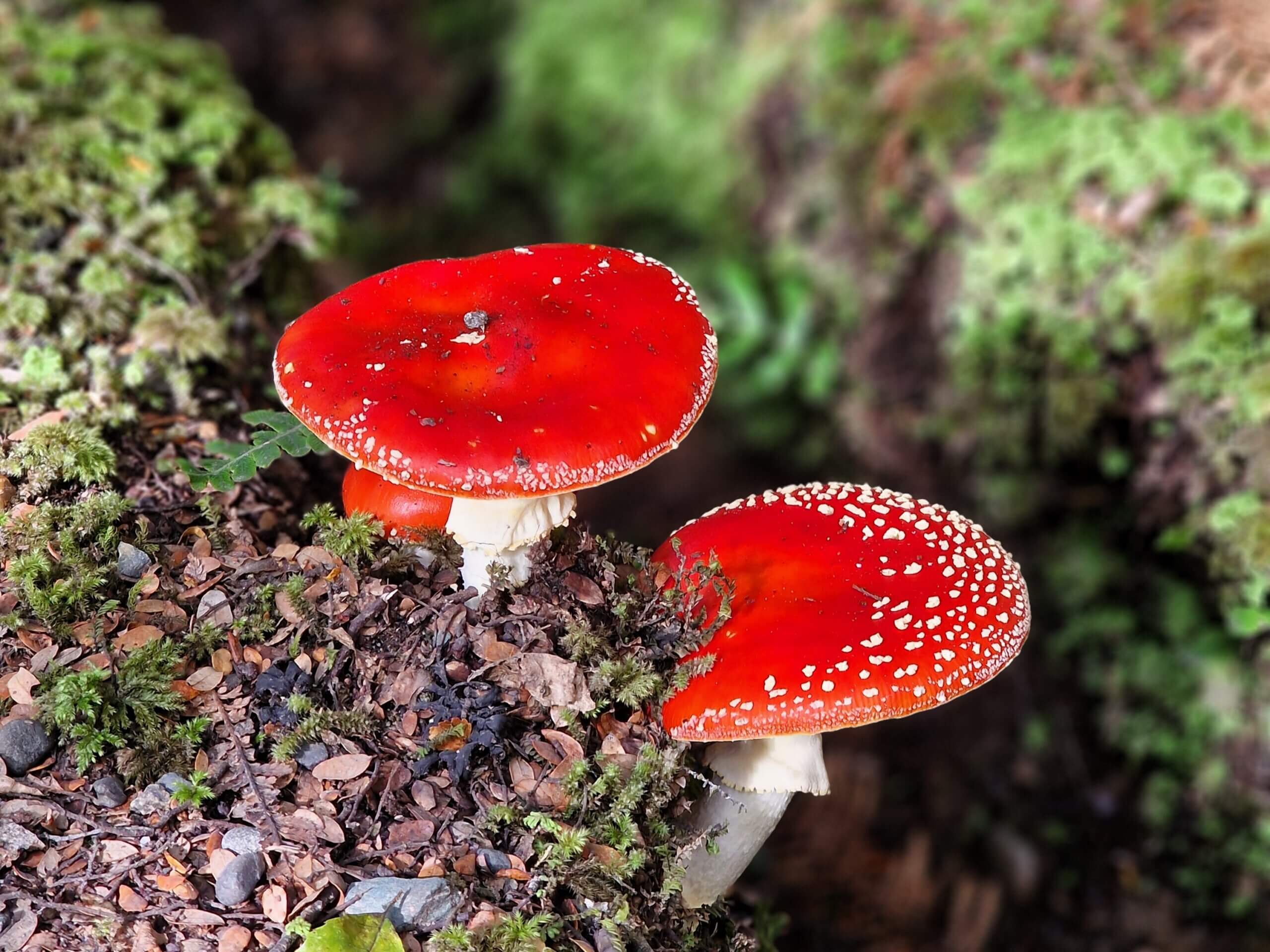
Day 10: Te Anau to Queenstown
- Drive time: 2 hours (170 km)
- Explore: Drive to Queenstown, the adventure capital of New Zealand. Along the way, stop for a quick coffee at Five Rivers Café, a charming roadside stop. In Queenstown, explore the town’s lively atmosphere, take a stroll around Lake Wakatipu, or treat yourself with a relaxing afternoon in the Onsen Hot Pools.
- Lunch suggestion: Fergburger is a Queenstown institution known for its legendary burgers.
- Where to stay: Queenstown Lakeview Holiday Park or freedom camp at one of the designated areas of the Queenstown Lakes District.
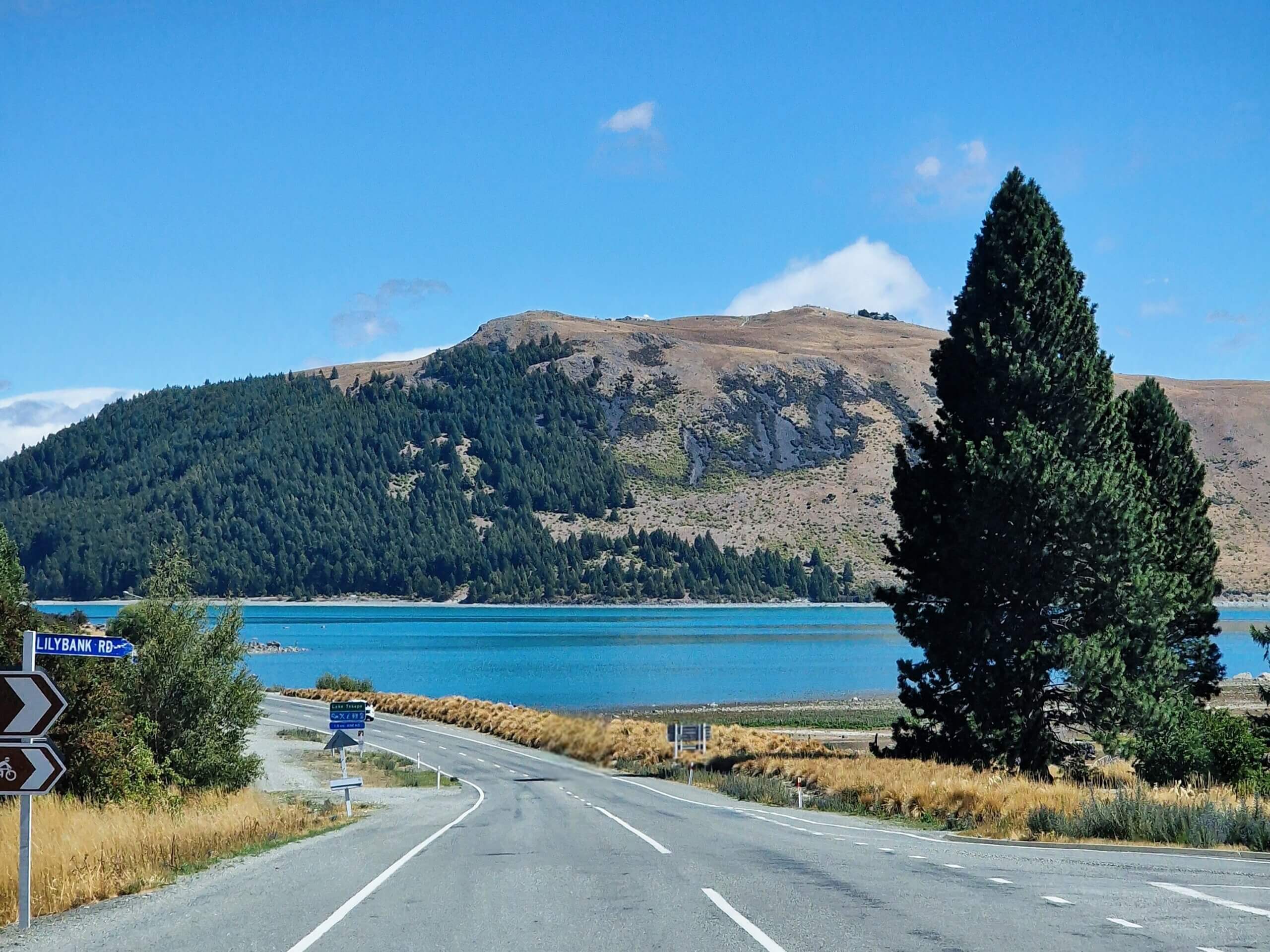
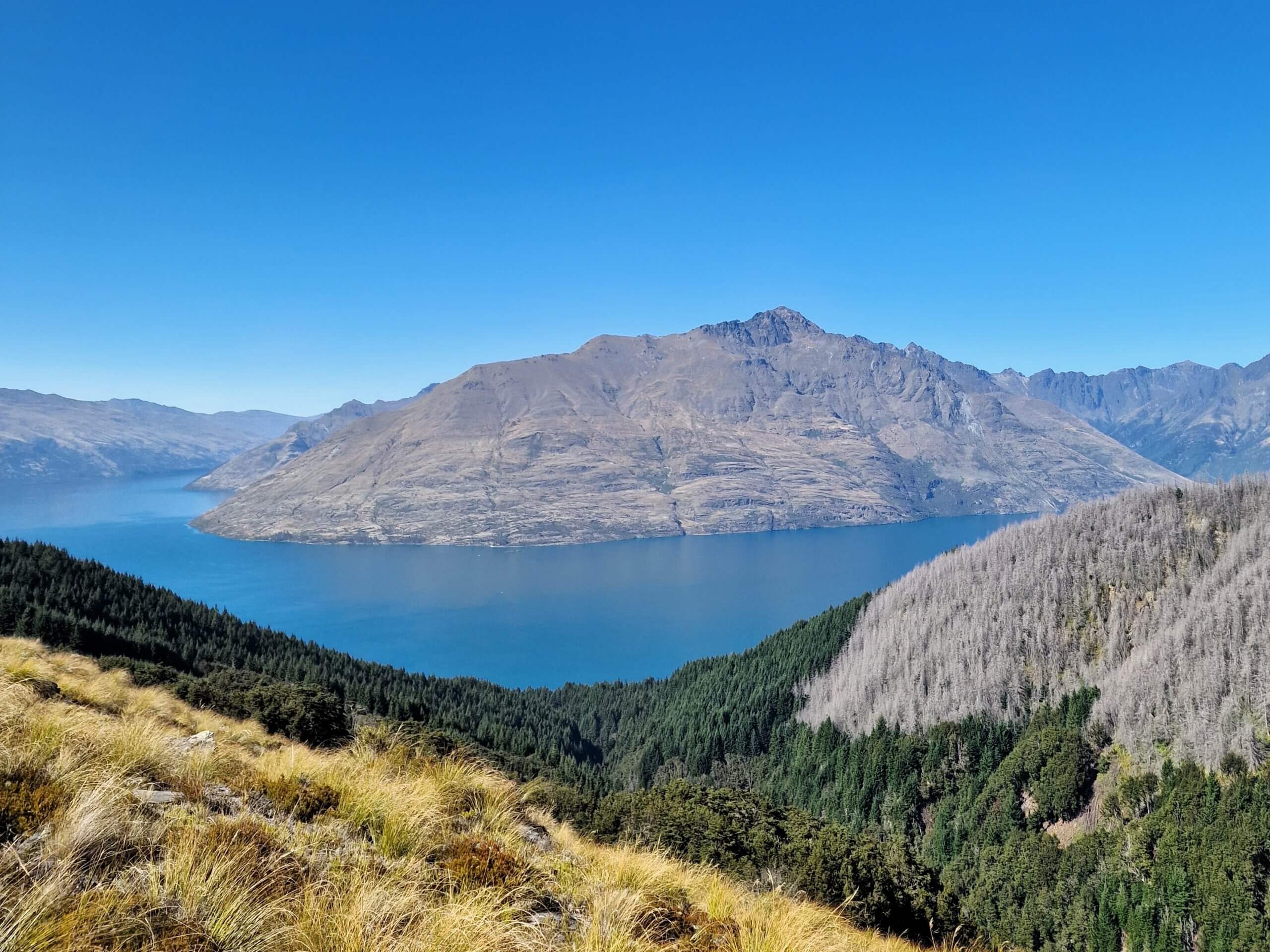
Day 11: Hike Ben Lomond Track
- Explore: Today’s adventure is the Ben Lomond Track, a challenging hike with unbeatable views of the Southern Alps and Queenstown from the summit (6-8 hours return). Take the Skyline Gondola up for an easier start, or hike the full way from town via the Tiki Trail.
- Lunch suggestion: Pack snacks and lunch for the hike.
- Where to stay: Return to Queenstown Lakeview Holiday Park or freedom camp at one of the designated areas of the Queenstown Lakes District.
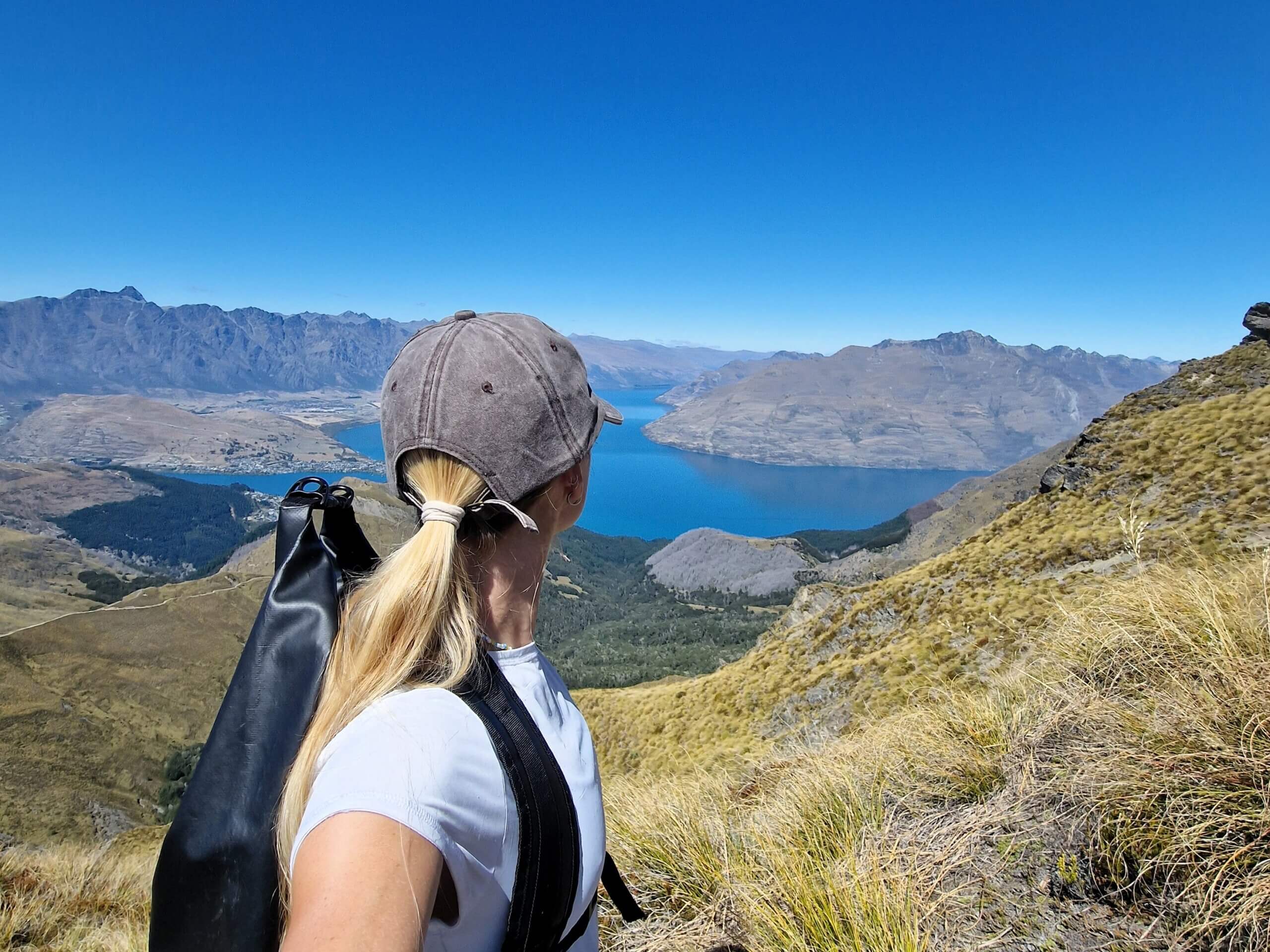
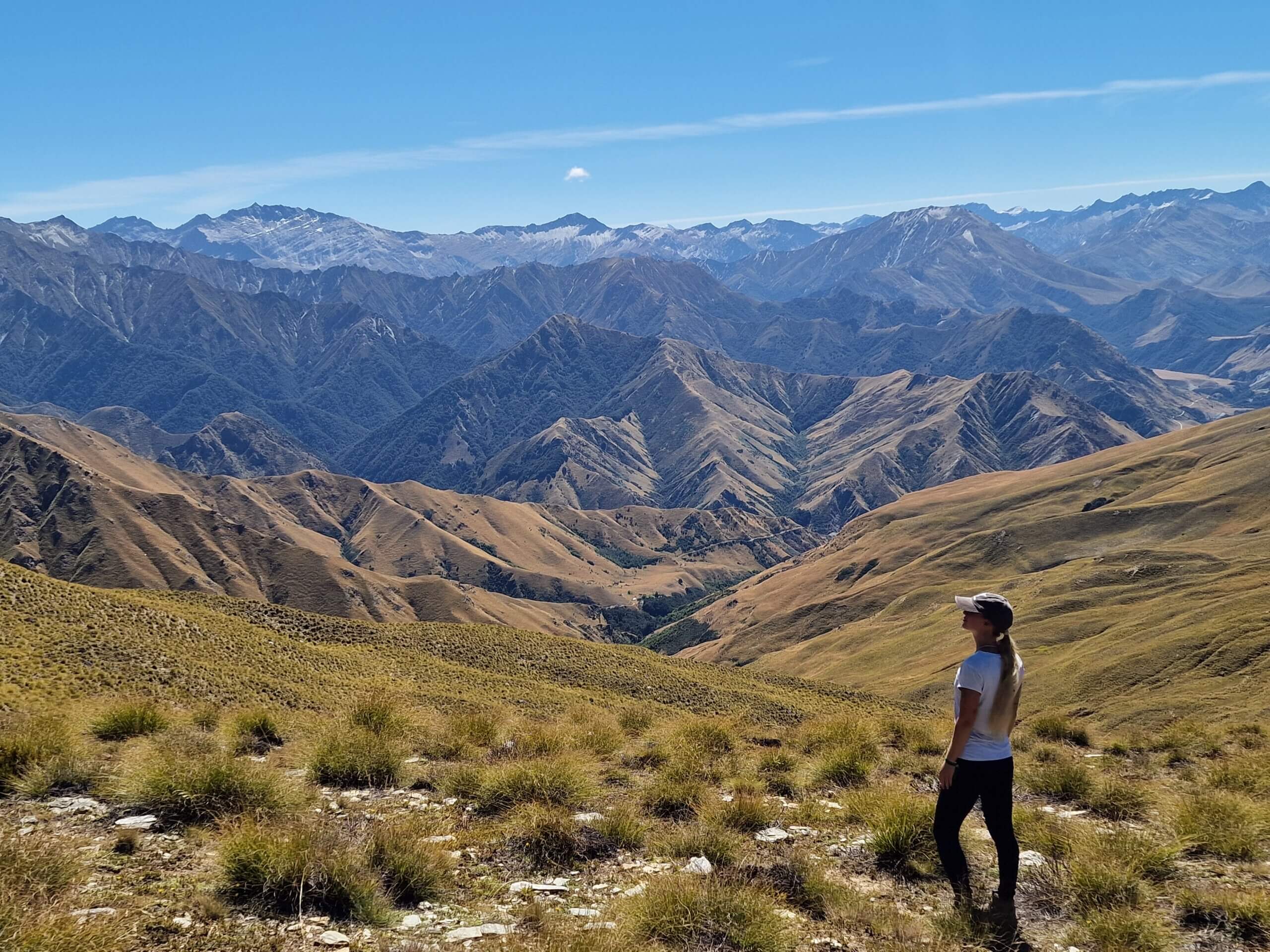
Day 12: Queenstown to Wanaka (via Arrowtown)
- Drive time: 1 hour 15 minutes (70 km)
- Explore: After a leisurely morning in Queenstown, visit Arrowtown, a charming historic village, before continuing to Wanaka. Drive to Wanaka via the scenic Crown Range Road, the highest main road in New Zealand. On arrival, stroll along Lake Wanaka or visit the quirky Puzzling World.
- Lunch suggestion: Enjoy lakeside dining at The Big Fig or Kai Whakapai Eatery & Craft Beer Bar.
- Where to stay: Wanaka Lakeview Holiday Park or freedom camp by Lake Hawea.
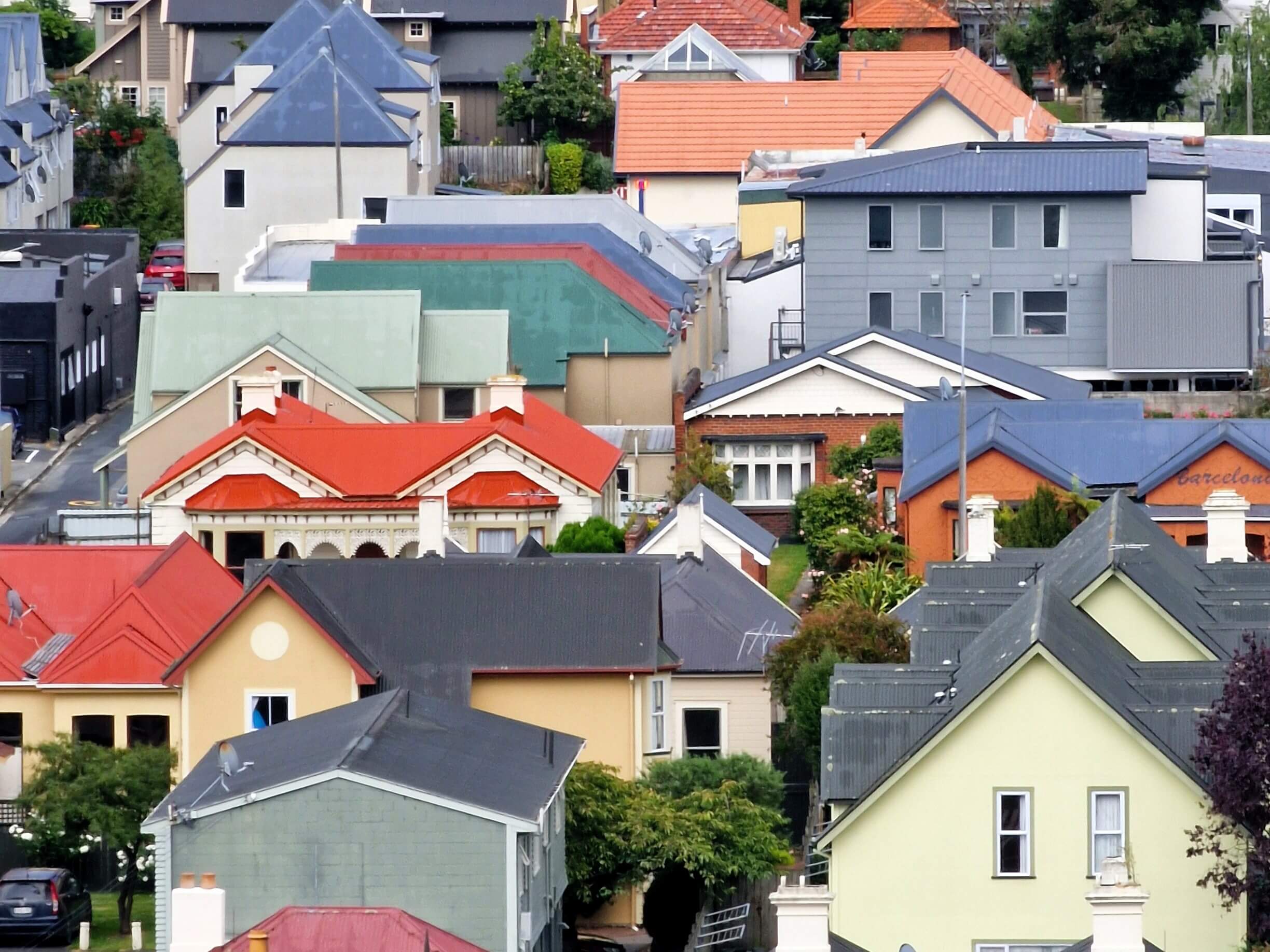
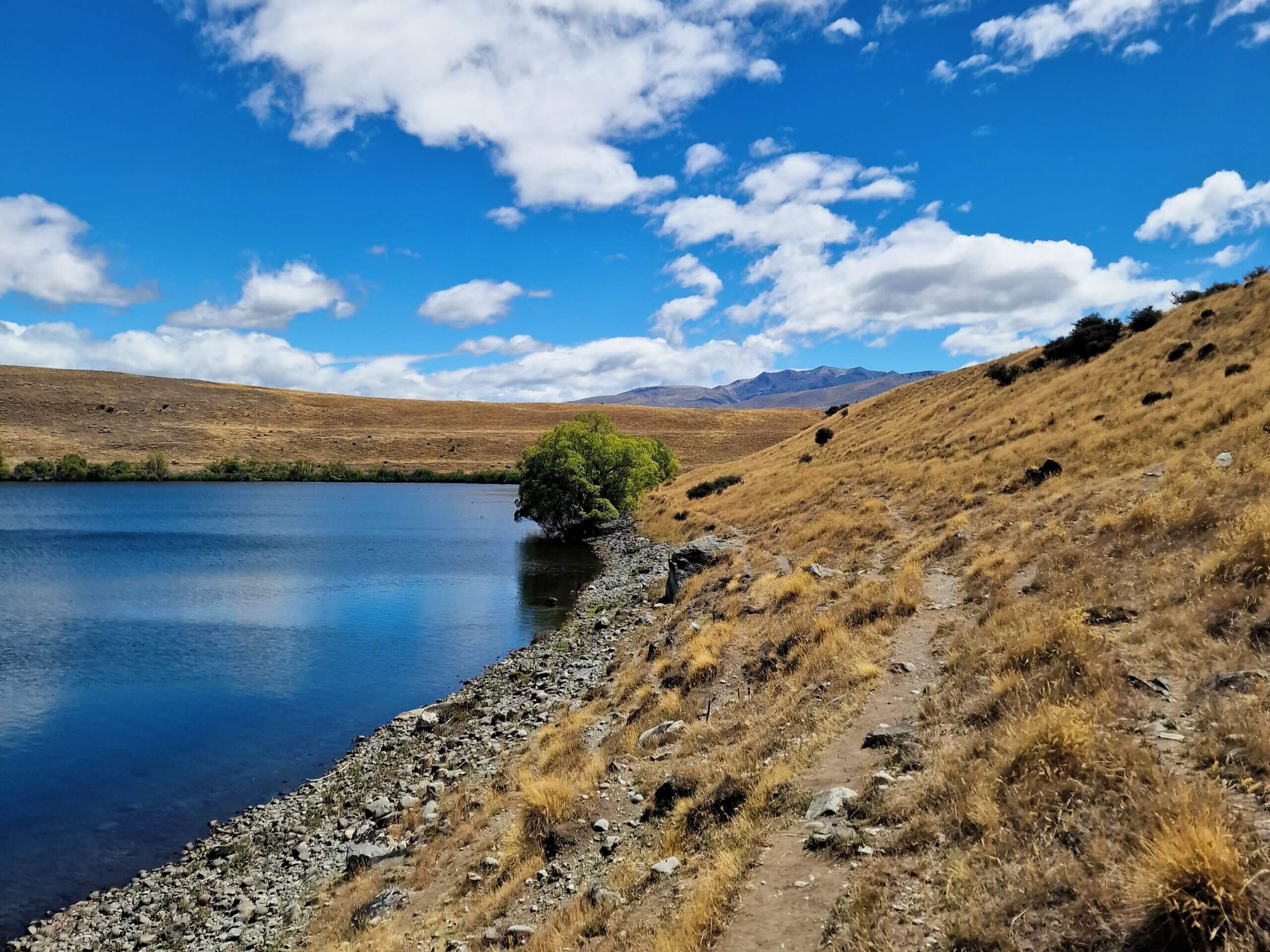
Day 13: Hike Roys Peak
- Explore: Set out early for the famous Roys Peak Track (5-6 hours return), where the panoramic views over Lake Wanaka and the Southern Alps will leave you breathless.
- Lunch suggestion: Bring a packed lunch to enjoy at the summit.
- Where to stay: Return to Wanaka Lakeview Holiday Park for your final night or freedom camp by Lake Hawea.
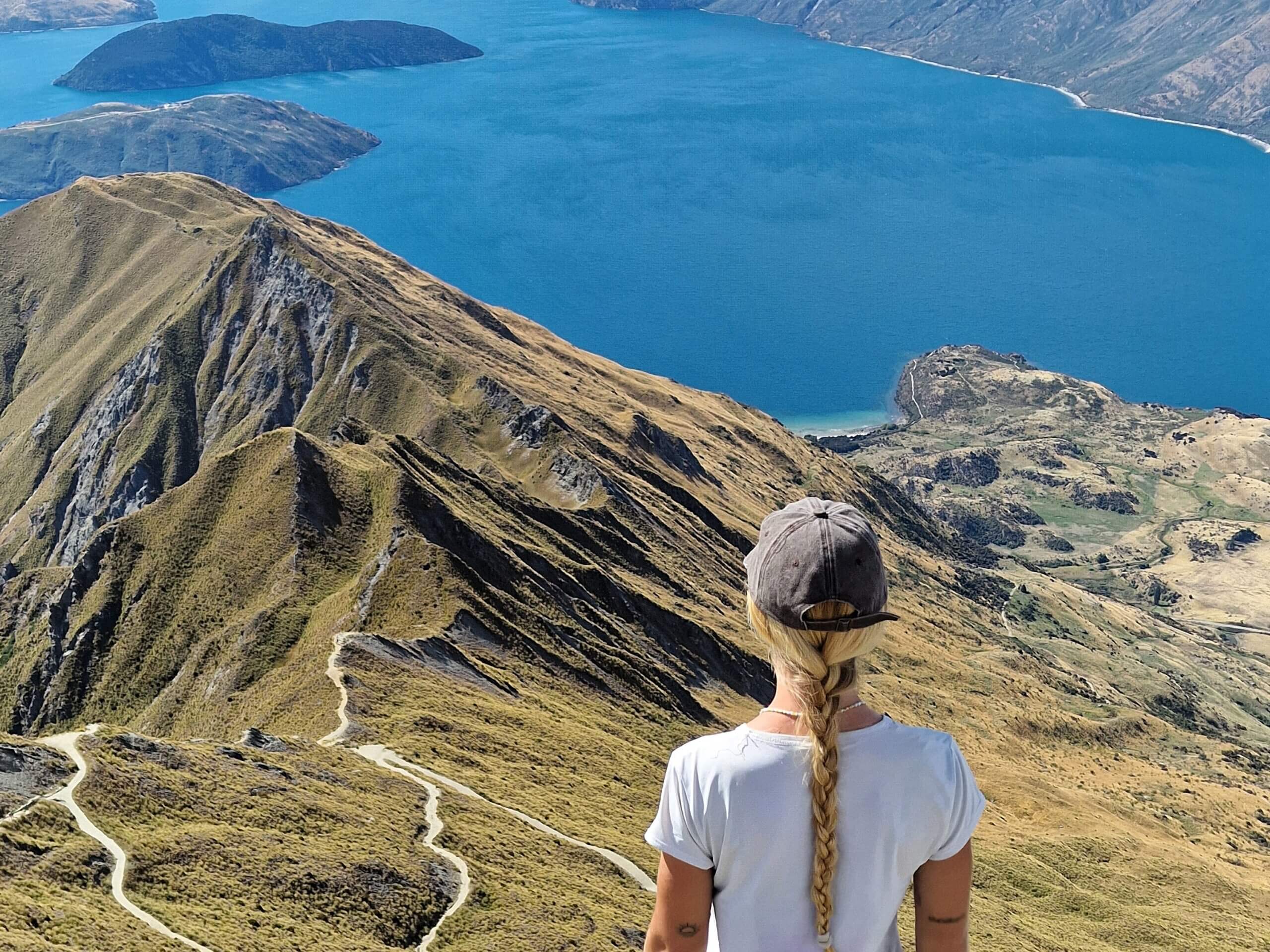
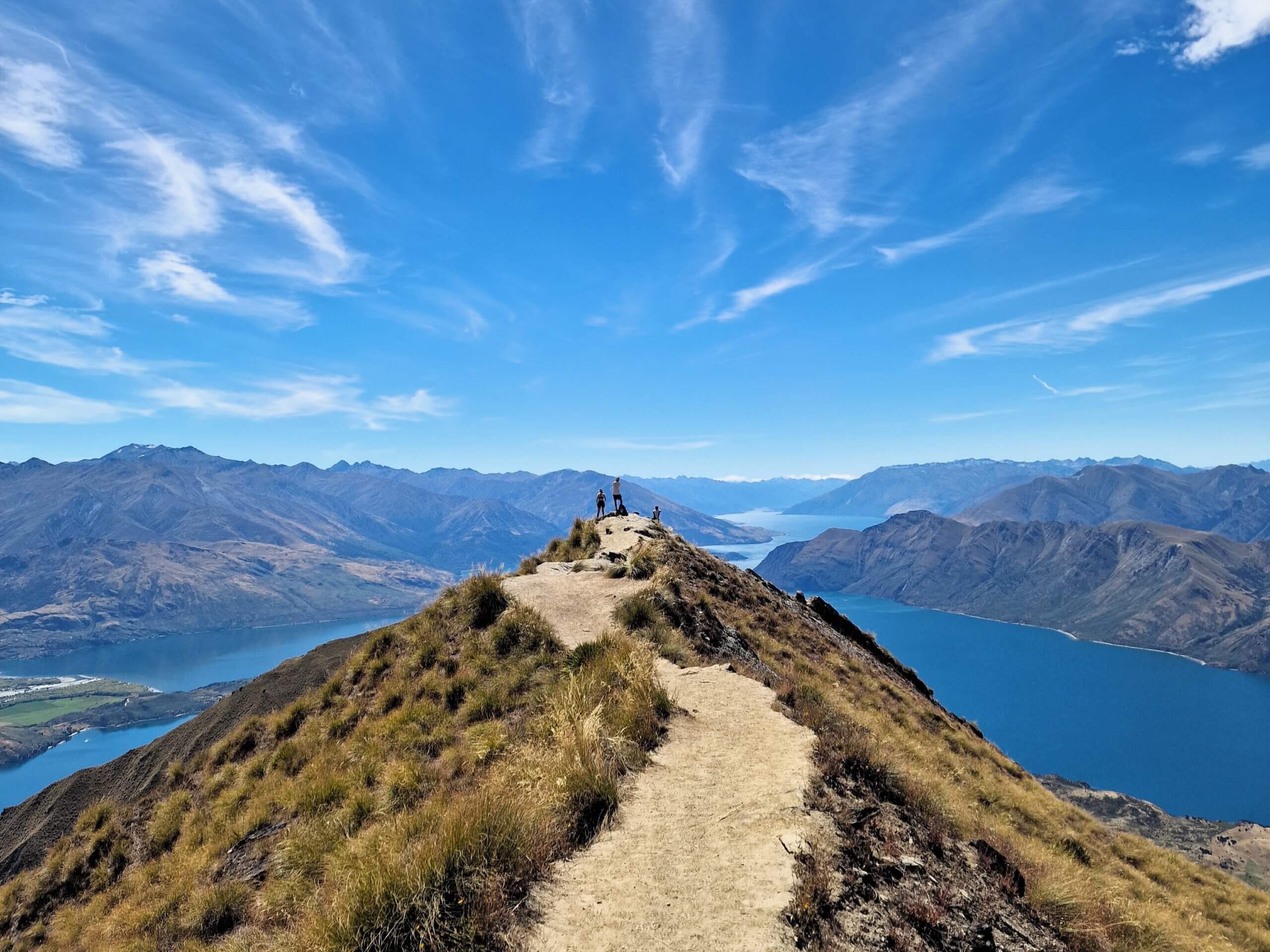
Day 14: Rest and Explore Wanaka
- Explore: After two weeks of adventure, spend your final day unwinding. Wander the charming streets of Wanaka, explore the Rippon Winery, take a boat tour on the lake, or simply relax in this stunning area.
- Lunch suggestion: Treat yourself to a leisurely meal at Francesca’s Italian Kitchen.
With this itinerary, you’ll see the best of New Zealand’s South Island, from its rugged mountains to its stunning coastal cliffs. Each day promises adventure, new experiences, and unforgettable views.
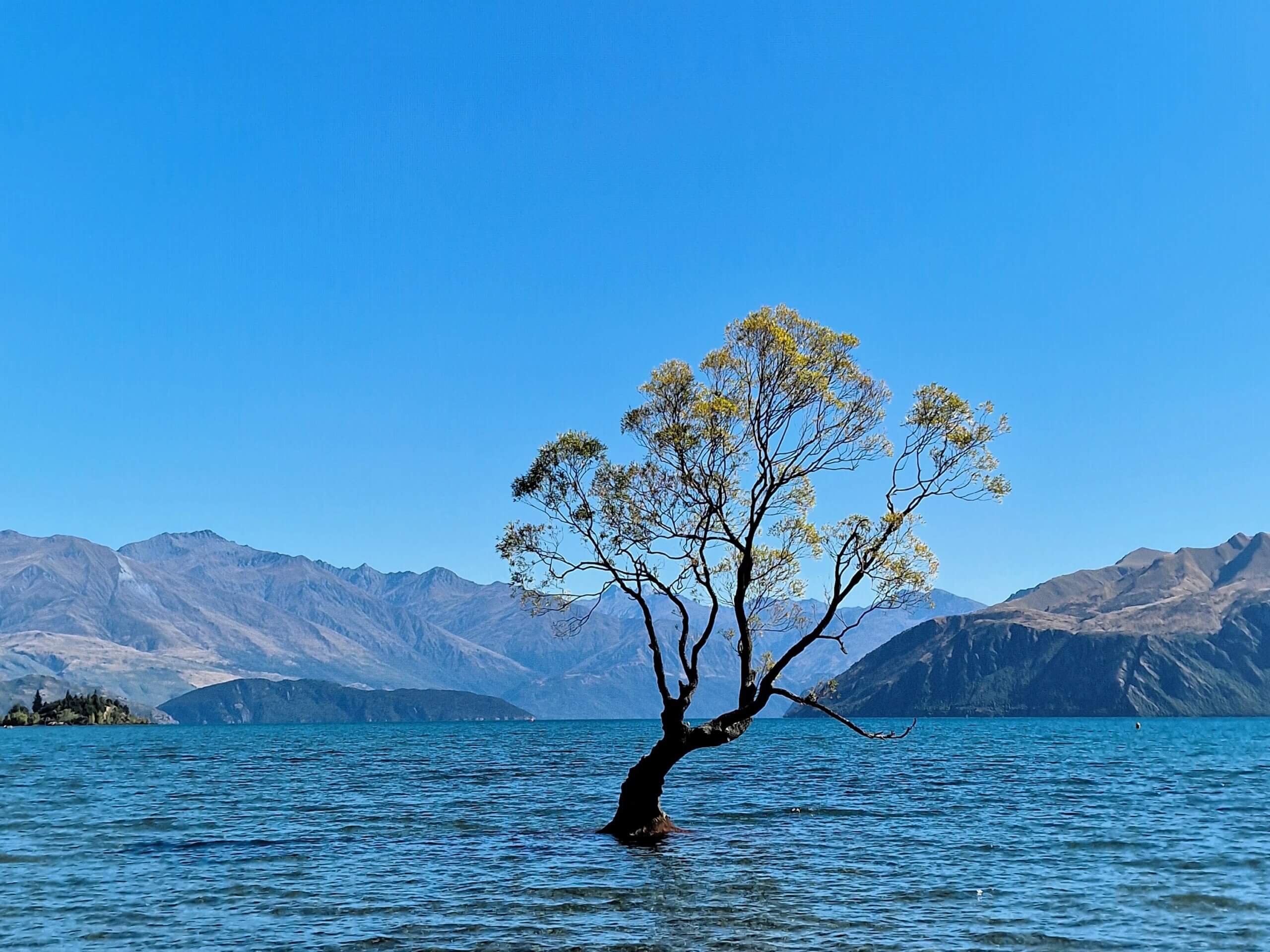
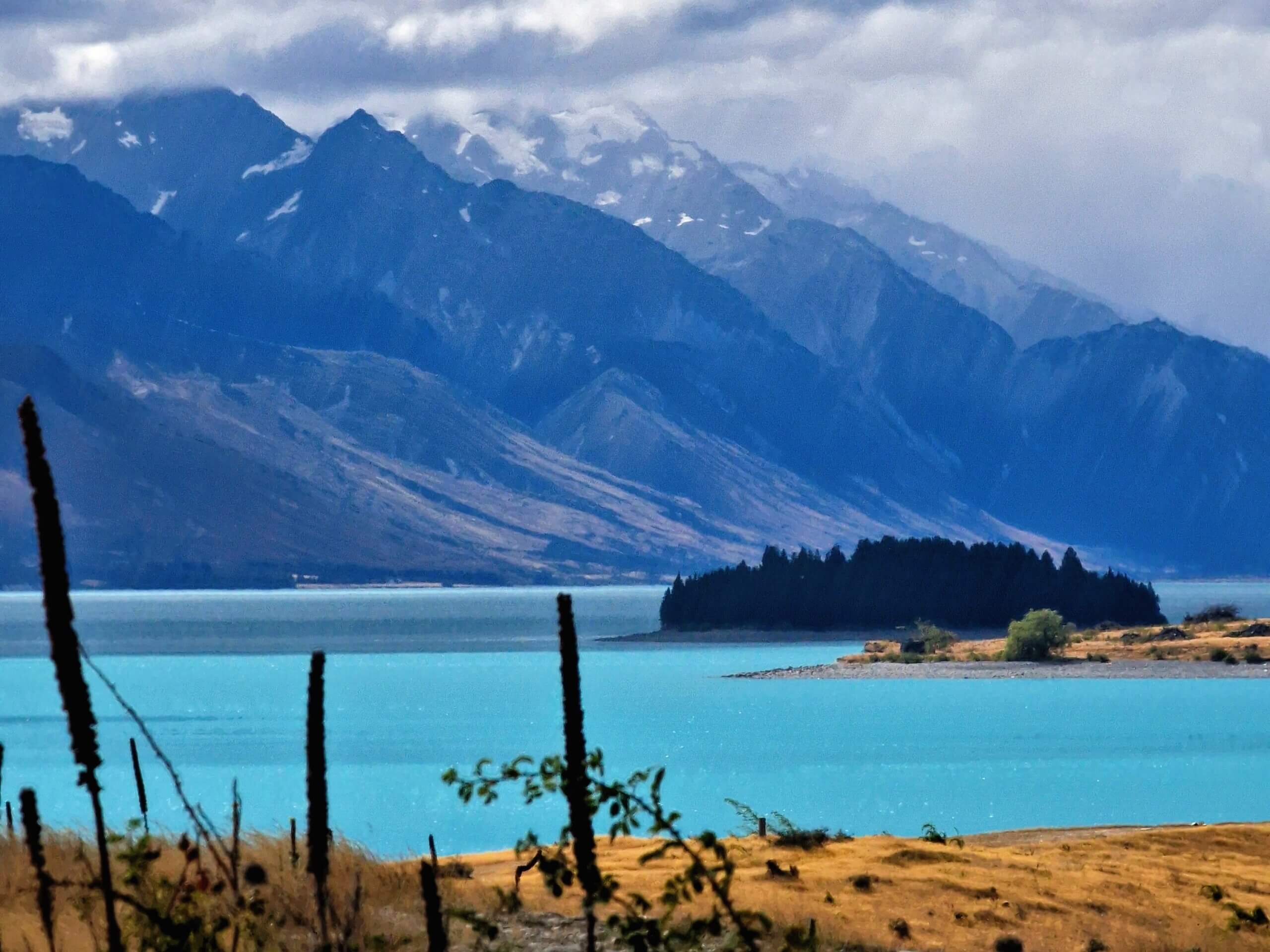
Renting a Campervan for Your South Island Road Trip
Renting a campervan in New Zealand is one of the best ways to explore the stunning South Island at your own pace. With freedom camping sites, easy road access to national parks, and coastal routes, a campervan offers flexibility and convenience.
Here’s what you need to know about renting a campervan and some budget-friendly alternatives if you’re not renting.
How to Rent a Campervan
- Booking in advance: During the high season (December to February), campervans can book out quickly. Plan ahead, especially if you’re looking for budget options or larger vehicles.
- Driver’s License Requirements: You need a full, valid driver’s license from your home country. If it’s not in English, you’ll need an International Driving Permit (IDP).
- Types of Campervans: There are different sizes of vans, from basic two-person setups to larger motorhomes with showers and toilets. If you plan on freedom camping, consider renting a self-contained vehicle, which is certified with its own toilet, water tank, and waste storage. This gives you access to more campsites.
- Insurance: Most rental companies offer basic insurance, but it often comes with a high deductible (excess). It’s worth considering premium insurance or a separate travel insurance policy that covers vehicle rental to reduce your liability.
- Cost: Campervan rentals can range from NZD $50–$300 per day, depending on the size and season. Expect additional charges for things like extra kilometers or cooking gear. Fuel can also add up, so plan your budget accordingly.
- Popular rental companies:
- JUCY: A well-known, budget-friendly option offering a range of small vans.
- Mighty Campers: Ideal for larger groups or families, offering self-contained vehicles.
- Britz: Provides a wide range of vehicles, including premium motorhomes with added comfort.
- Wicked Campers: Known for its brightly painted vans, a fun option for budget travelers.
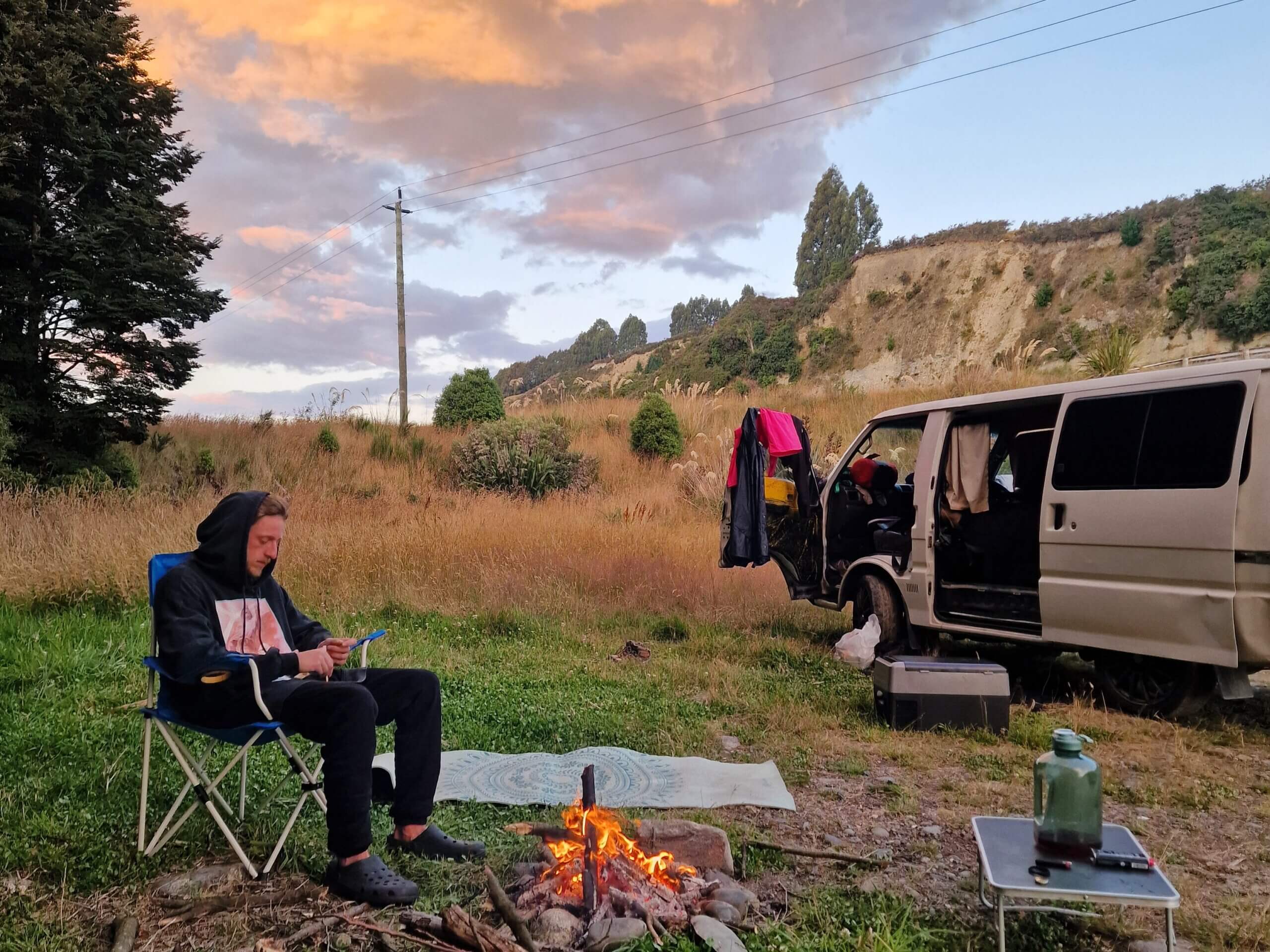
Budget Option 1: Hitchhiking in New Zealand
If renting a campervan isn’t in your budget, there are plenty of ways to explore the South Island without the cost of renting. Hitchhiking is a popular, budget-friendly way to travel around the South Island of New Zealand. The country is well-known for its safe, traveler-friendly roads and welcoming locals, making it a great destination to thumb a ride.
Here’s how to make it work for your road trip:
- How it works: Simply stand by the roadside in a safe location with a clear sign showing your destination. It’s best to start from the outskirts of towns, near highways or major routes, as you’ll have more chance of catching a ride.
- Where to hitchhike: The South Island’s highways, especially along popular routes like State Highway 6 (linking towns like Queenstown, Wanaka, and Franz Josef), are great for hitchhikers. Be sure to stand in visible spots with space for cars to safely pull over.
- Safety: New Zealand is known for being one of the safest countries for hitchhiking, but use common sense. Stick to daylight hours, trust your instincts, and let someone know where you’re going when possible. If a ride doesn’t feel right, it’s perfectly okay to pass on it.
- Meeting fellow travelers: Hitchhiking often leads to meeting other adventurers. Many drivers will be fellow backpackers or locals happy to share travel tips and even offer you a place to stay.
Budget Option 2: Finding a Travel Buddy with a Van
Another great budget alternative to renting a van yourself is finding a travel buddy who already has a vehicle. This is a popular option for backpackers and long-term travelers, as it allows you to split the costs of fuel and food without the hassle of renting.
- How it works: Many travelers rent vans or buy them to tour the South Island, and they’re often looking for companions to share the adventure and costs. You can find potential travel buddies through hostel message boards, Facebook groups (like Backpacking New Zealand), or platforms like BackpackerBoard.
- What to expect: Once you team up with someone who has a van, you’ll be responsible for contributing to fuel, campsite fees (if applicable), and potentially food. This can significantly reduce the overall cost of the trip compared to renting your own vehicle.
- Benefits: Sharing a van with a travel buddy not only saves money but also offers a social aspect to your road trip. You’ll have a co-pilot for long drives, someone to hike with, and the opportunity to share the experience of New Zealand’s stunning landscapes.
- Personal experience: I’ve done this before on one of my trips through New Zealand, and it’s a fantastic way to keep costs down while making new, likeminded friends along the way.
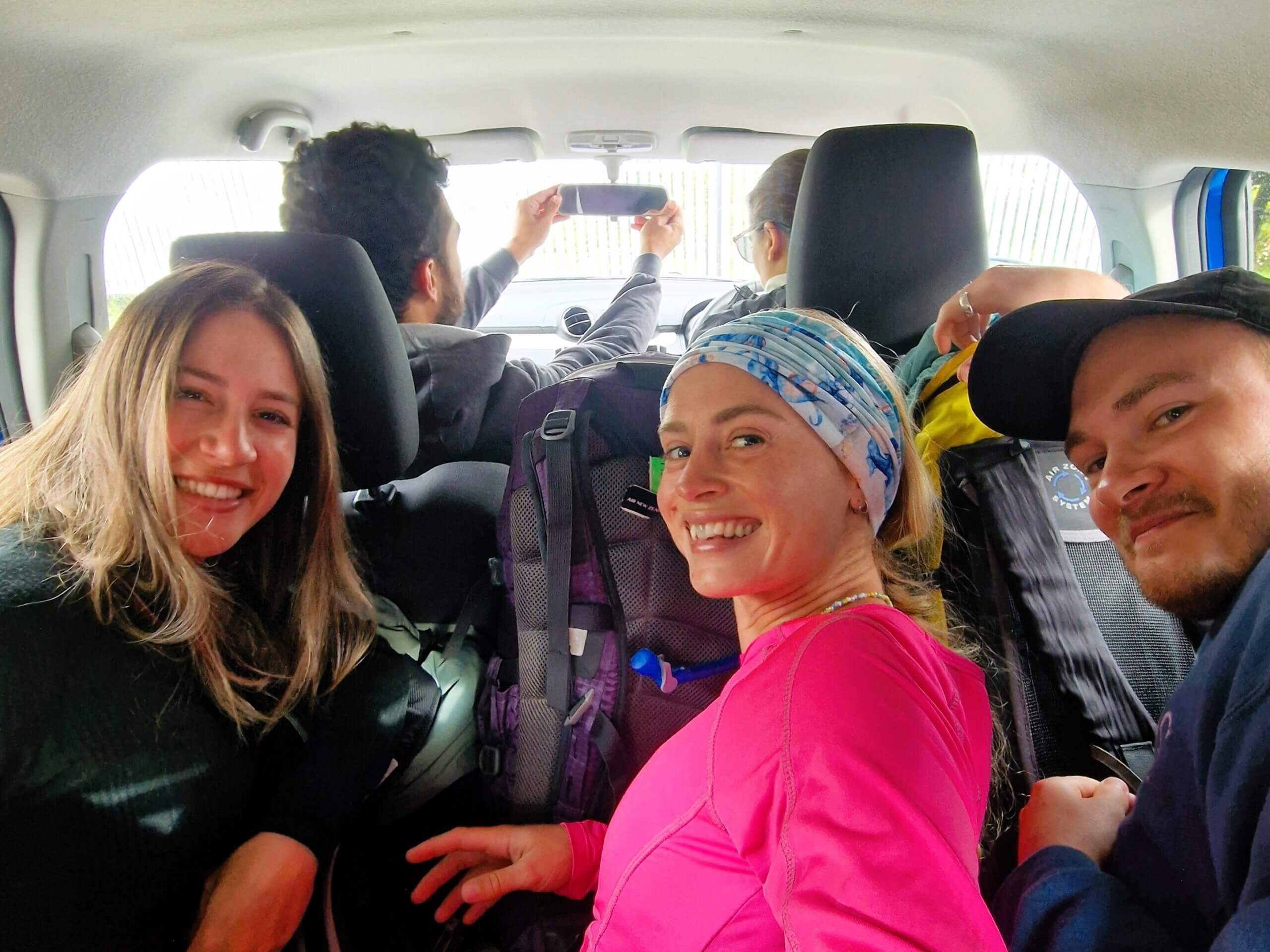
Budget Option 3: InterCity Bus Pass
If you prefer a more structured and reliable option, the InterCity bus pass is an affordable way to get around the South Island. While it doesn’t offer the same freedom as renting a van, it’s great for budget travelers who don’t mind staying flexible with bus schedules.
- How it works: InterCity’s FlexiPass or TravelPass allows you to pre-purchase hours of travel that can be used across their network. You can hop on and off buses to visit key destinations like Queenstown, Wanaka, and Te Anau.
- Cost: Prices vary based on the pass you choose, with FlexiPass costing around NZD $135 for 15 hours, and TravelPass starting at NZD $179 for pre-set itineraries. This option allows you to travel between major towns and cities.
- Pros: It’s cost-effective, reliable, and hassle-free. You don’t need to worry about driving or fuel costs.
- Cons: Lack of freedom to stop at hidden gems or travel off the beaten path, and you’ll need to rely on hostels or other accommodation.
Which Option is Best?
- Renting a campervan is perfect if you want complete freedom, the ability to camp in remote spots, and control over your itinerary. It’s an investment but offers the most flexibility.
- Hitchhiking and finding a travel buddy are ideal if you want a budget option with a bit more spontaneity. You’ll meet fellow travelers and share the experience while saving on costs.
- InterCity Bus Pass is a safe and budget-friendly alternative if you’re looking for an easy, no-fuss way to get around, but it comes at the cost of reduced freedom.
By balancing your preferences with your budget, you can choose the right option that lets you experience New Zealand’s South Island your way.
Essential Gear List for a South Island New Zealand Road Trip
Embarking on a two-week road trip through New Zealand’s South Island requires careful planning, especially when it comes to gear. With diverse landscapes ranging from rugged coastlines to towering mountains, the South Island’s weather and terrain can change in an instant. Here’s a comprehensive gear list to ensure you’re fully prepared for every aspect of your adventure:
1. Camping Gear
- Tent: If you don’t have a campervan, or you plan on doing overnight hikes, a lightweight, durable, and weather-resistant tent is essential. Make sure it can withstand wind and rain, as South Island conditions can be unpredictable.
- Sleeping bag: Choose a three-season sleeping bag rated for cooler nights (comfort rating around -2°C to 0°C).
- Sleeping mat: A self-inflating mat or foam pad for comfort and insulation from the cold ground.
- Camping stove: A portable gas stove (or camp stove) for cooking meals on the go. Bring a lighter and matches as backup.
- Cookware: Lightweight pots, pans, utensils, and a sharp camping knife. Don’t forget a coffee maker if you need your caffeine fix.
- Cooler: A portable cooler or insulated bag to store perishable food items.
- Water bottle or hydration system: Stay hydrated with reusable bottles or a hydration pack. You may also want to bring a water filter or purification tablets for remote areas.
- Multi-tool: A versatile tool with pliers, a knife, and screwdrivers for quick fixes and other needs.
2. Hiking Gear
- Hiking boots: Waterproof, sturdy, and comfortable boots with good ankle support are essential for trails like Hooker Valley, Ben Lomond, and Roys Peak.
- Daypack: A small, comfortable backpack (20-30L) for day hikes, with enough room for food, water, extra layers, and essentials.
- Rain jacket: A breathable, waterproof jacket with a hood. New Zealand weather can change quickly, especially in mountainous areas.
- Base layers: Merino wool or synthetic base layers for warmth and moisture management.
- Fleece or insulated jacket: A mid-layer for colder mornings and evenings, or while hiking in alpine environments.
- Quick-dry clothing: Lightweight, moisture-wicking t-shirts, pants, and shorts that dry quickly in case of rain.
- Hat and gloves: For colder mornings or windy summits.
- Sunglasses and sunscreen: The New Zealand sun can be intense, so protect yourself from UV rays with polarized sunglasses and high-SPF sunscreen.
3. Navigation and Safety
- GPS or offline maps: Since mobile service can be unreliable in remote areas, download offline maps via Google Maps or Maps.me. A GPS device can also be handy for hiking.
- Compass and map: If you’re planning longer hikes or remote trekking, a physical map and compass are critical.
- Personal locator beacon (PLB): Essential for emergency situations in remote areas where help may be far away.
- First aid kit: Include basic items like bandages, antiseptic wipes, blister treatment, pain relievers, and any personal medications.
- Headlamp or flashlight: A hands-free, rechargeable headlamp for camping and hiking at night, with extra batteries.
- Insect repellent: South Island’s notorious sandflies can be relentless near lakes and rivers. Bring a DEET-based repellent.
- Portable charger: To keep your devices and GPS charged. A solar-powered charger can be useful if you’ll be off the grid for a few days.
4. Personal Items
- Toiletries: Pack biodegradable soap, toothpaste, and a quick-dry travel towel. Don’t forget essentials like deodorant, hand sanitizer, and sunscreen.
- Toilet paper and wipes: Bring enough for your camping stays, as some remote areas may not have stocked facilities.
- Trash bags: Pack in, pack out—New Zealand’s natural beauty depends on responsible tourism. Use trash bags to carry out all waste, including biodegradable materials like food scraps.
- Laundry detergent: A small bottle of biodegradable detergent for washing clothes in campsites or holiday parks.
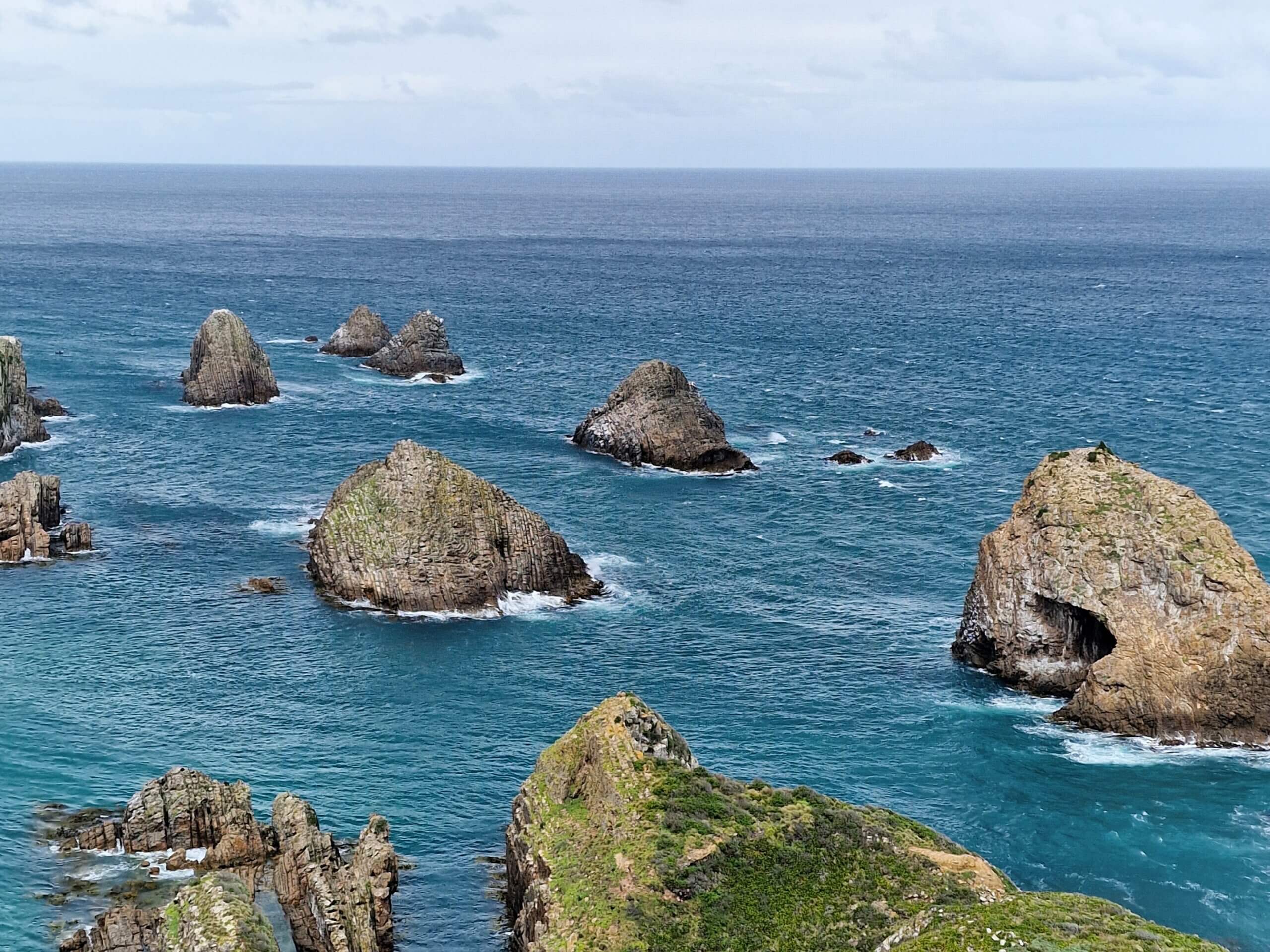
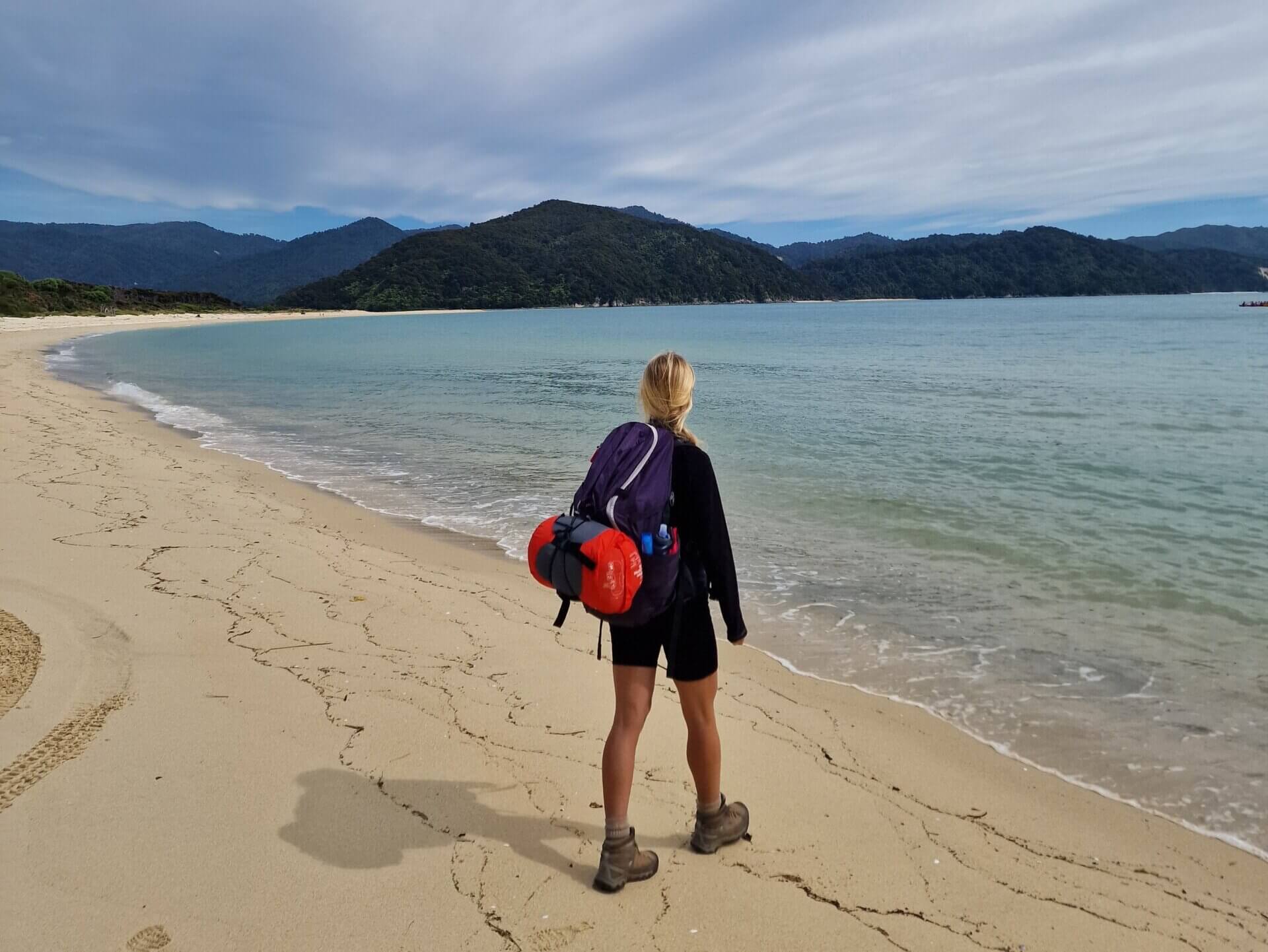
5. Food and Cooking
- Non-perishable food: Stock up on pasta, rice, oats, canned goods, trail mix, and other long-lasting food. In smaller towns, grocery stores might have limited options, so plan ahead.
- Snacks: Energy bars, nuts, dried fruit, and chocolate for quick and easy fuel on the road or trail.
- Reusable utensils and containers: Minimize plastic waste by bringing reusable cutlery, plates, bowls, and containers for leftovers.
- Camp-friendly spices: A small bag of essential spices, salt, and pepper to enhance your camp meals.
6. Photography & Tech
- Camera: Whether it’s a DSLR or a high-quality smartphone, the South Island’s landscapes demand to be captured.
- Tripod: For those sunset shots by the lakes or starscapes in dark-sky reserves like Lake Tekapo.
- Extra memory cards and batteries: You’ll take more photos than you think, and you don’t want to run out of space or power.
- GoPro or action camera: If you’re planning on activities like kayaking, hiking, or any adrenaline-pumping adventures, an action camera is a great way to capture your journey.
7. Extras for Comfort
- Camping chairs: A lightweight, foldable chair for lounging around the campsite in comfort.
- Hammock (optional): For a relaxing afternoon nap or to enjoy the views at your campsite.
- Bug net: Essential if you’re camping in areas with heavy sandfly activity.
- Earplugs and eye mask: If you’re camping near busy areas or need to block out light/noise.
8. Vehicle Essentials
- Car charger: Keep your phone, GPS, or camera charged while driving.
- Spare tire and car jack: Ensure you have the tools and knowledge to change a tire if needed, especially in remote areas.
- Camping gear storage: Utilize space efficiently by organizing gear in waterproof bags or storage boxes.
- Window shades: Useful for blocking out light while sleeping in your car or campervan.
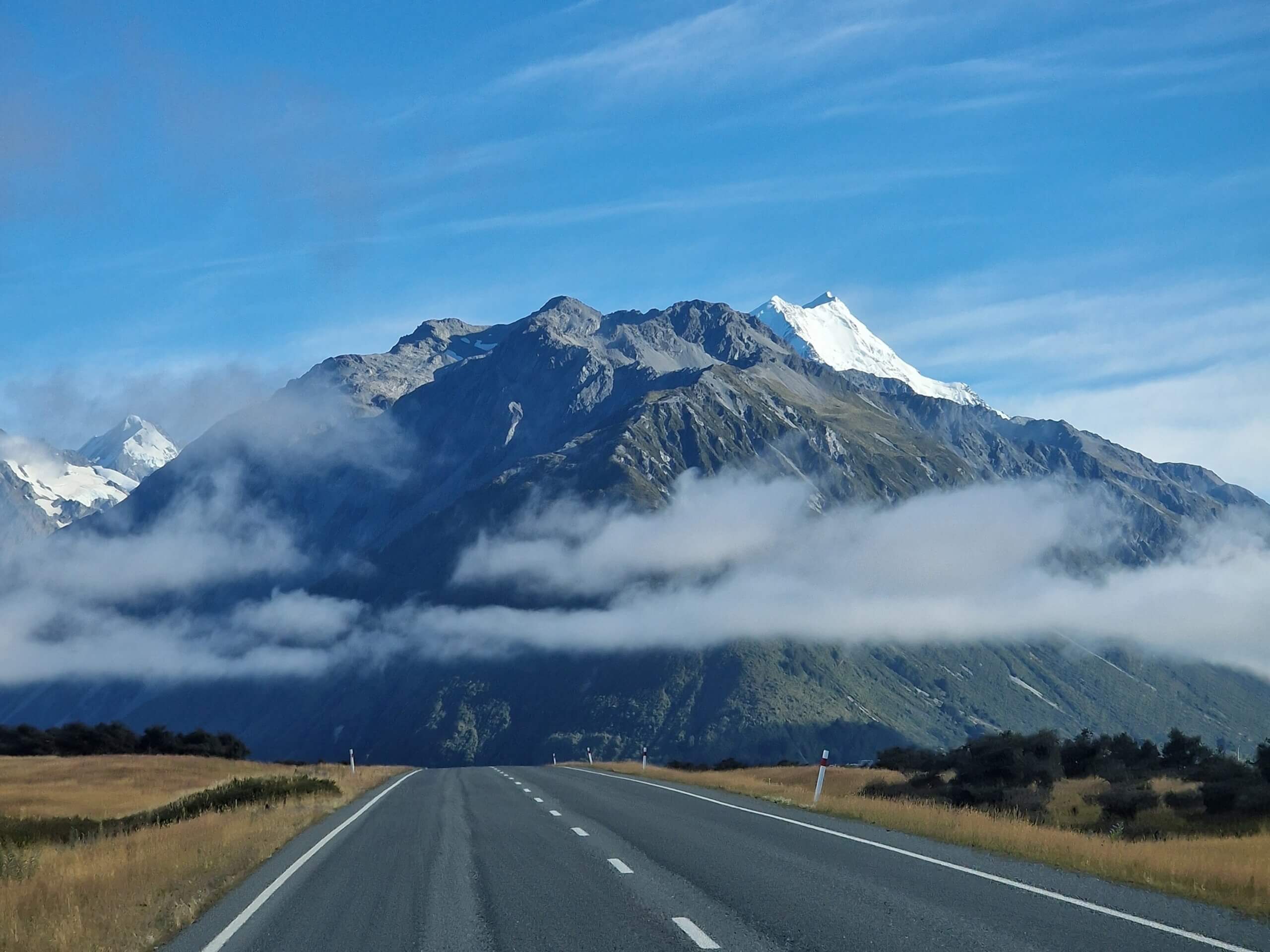
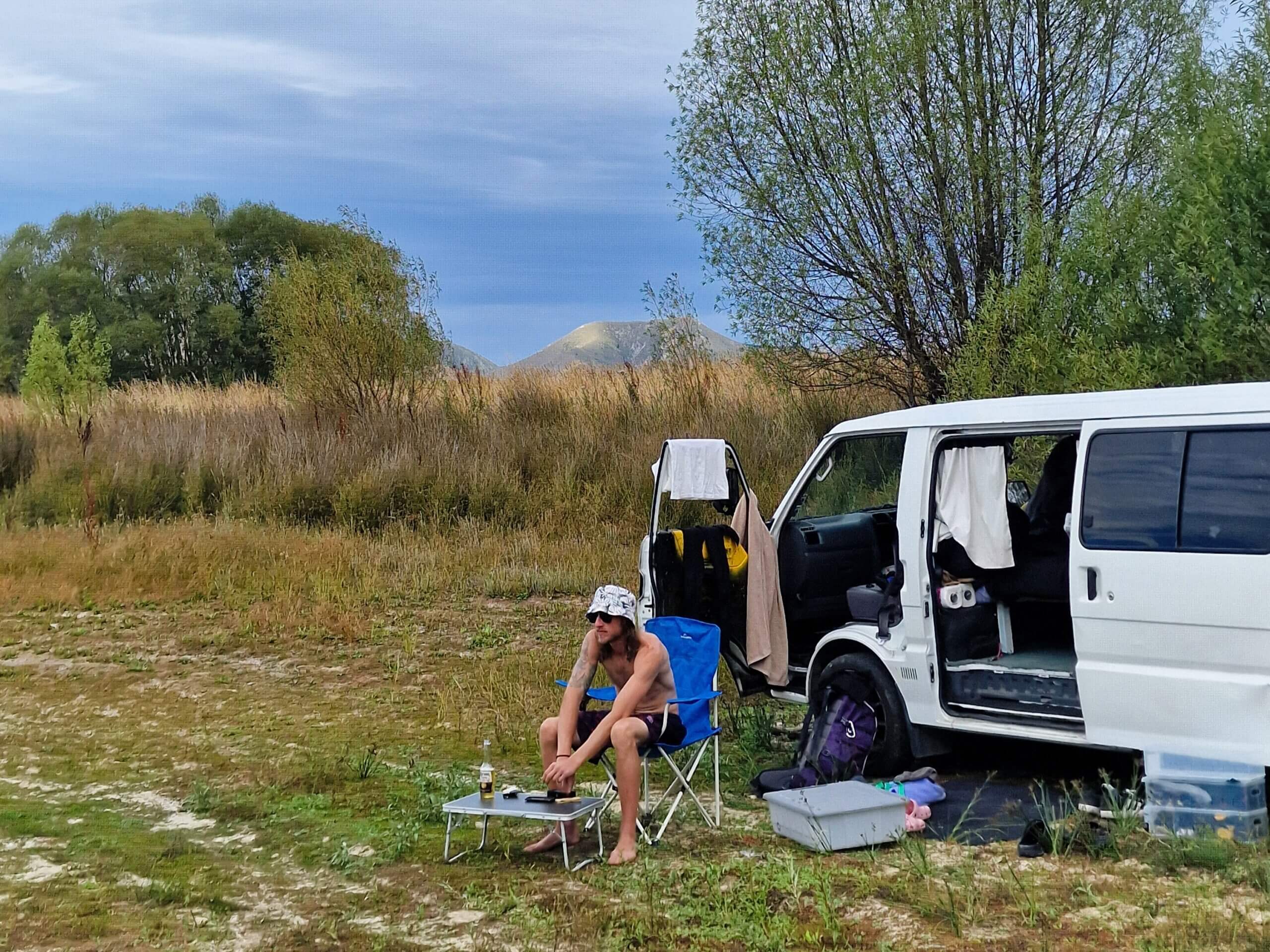
9. Documents and Essentials
- Driver’s license: If you’re driving, ensure your international driver’s license (if required) is valid.
- Vehicle rental paperwork: Keep your car rental documents, insurance, and registration handy at all times.
- Travel insurance: Make sure your insurance covers hiking, camping, and other adventurous activities.
- Cash and cards: While most places accept credit cards, some smaller towns or campsites may only take cash.
10. Optional Adventure Gear
- Kayak or paddleboard: If you’re spending time on lakes like Pukaki or Tekapo, these can add a lot to your trip.
- Bikes: If you’re a cyclist, consider bringing a bike to explore places like Wanaka or Queenstown by pedal power.
- Fishing gear: If you enjoy fishing, bring a lightweight kit—many South Island lakes and rivers offer excellent fishing opportunities (don’t forget a permit).
- Binoculars: Great for wildlife spotting, especially in Fiordland and coastal areas.
This gear list ensures you’re ready for everything from high-altitude hikes to serene lakeside camping, making your 2-Week South Island Road Trip a seamless adventure.
FAQ
Common Questions About Road-Tripping New Zealand’s South Island
Do I need a special license to drive in New Zealand?
No, if you have a valid driver’s license in English, you can drive in New Zealand for up to 12 months. If your license is in another language, you’ll need an International Driving Permit (IDP) or a certified translation.
What side of the road do New Zealanders drive on?
In New Zealand, people drive on the left-hand side of the road. If you’re from a country where driving is on the right, take extra care when driving.
What’s the best time of year for a road trip in the South Island?
The best time for a road trip is during the warmer months, from late spring to early autumn (October to April). The weather is milder, and most attractions are accessible. Summer (December to February) is ideal for outdoor activities, while autumn offers fewer crowds and beautiful landscapes.
How long does it take to drive around the South Island?
A comprehensive road trip around the South Island typically takes 2 to 3 weeks, depending on how much time you want to spend at each destination. The distances are longer than they appear on the map due to winding roads and scenic stops.
Are the roads in the South Island safe?
Yes, the roads are generally well-maintained, but some can be narrow and winding, especially in more remote areas. Be cautious when driving in rural or mountainous regions. In winter (June-August), some roads may require snow chains.
What are the speed limits in New Zealand?
In urban areas, the speed limit is typically 50 km/h (31 mph), and on open roads and highways, it’s 100 km/h (62 mph). Always check local signage for specific speed limits.
Is fuel expensive in New Zealand?
Fuel prices in New Zealand are generally higher than in many other countries. As of 2024, petrol (gasoline) costs around NZD $2.50–$3.00 per liter, depending on location. Fuel can be more expensive in remote areas, so fill up in larger towns when you can.
How easy is it to find campsites?
Campsites are plentiful in the South Island, with a mix of freedom camping spots, Department of Conservation (DOC) campsites, and holiday parks. You can use apps like CamperMate to find nearby campsites. Be sure to follow local regulations for freedom camping, as some areas are restricted to self-contained vehicles.
What’s the difference between freedom camping and DOC campsites?
Freedom Camping is staying overnight in designated areas without paying a fee. It’s typically limited to self-contained vehicles, and restrictions vary by region.
DOC Campsites are government-run and often located in scenic spots. They have basic facilities like toilets and running water. Fees range from NZD $8–$20 per person, depending on the facilities provided.
Is it safe to freedom camp in the South Island?
Yes, freedom camping is generally safe, but always check the local rules. Stick to designated areas and ensure you are well-prepared, as some remote spots may have limited facilities. Always be respectful of the environment and local communities.
Can I drink the tap water in New Zealand?
Yes, tap water is safe to drink across most of New Zealand, including the South Island. However, if you are in a very remote area or staying at a basic DOC campsite, you may need to treat or boil the water before drinking.
Do I need to book campsites in advance?
It’s not always necessary to book in advance, especially for DOC campsites and freedom camping spots. However, during the peak summer season (December to February), it’s recommended to book holiday parks or popular campsites in advance, particularly around Queenstown, Wanaka, and Fiordland.
What kind of accommodation is available other than campsites?
Alongside campsites, you’ll find motels, backpacker hostels, bed and breakfasts, and luxury lodges throughout the South Island. For budget-friendly options, hostels and motels are great choices, and many offer private rooms as well as dorms.
Can I rent a campervan in New Zealand?
Yes, campervan rentals are popular in New Zealand. You’ll find a range of rental options, from budget campervans to luxury motorhomes. Be sure to check for insurance coverage and understand what’s included in your rental, like bedding, kitchen gear, and mileage limits.
How much does it cost to rent a campervan?
Campervan rentals vary in price depending on the season, type of van, and rental duration. For a budget campervan, expect to pay around NZD $60–$120 per day. For a more luxurious motorhome, prices can range from NZD $200–$400 per day. Additional costs like insurance and campsite fees should also be factored in.
Are there public toilets along the route?
Yes, public toilets are available at many rest stops, towns, and popular tourist spots throughout the South Island. Facilities are generally clean and well-maintained. DOC campsites and holiday parks also provide basic amenities.
How reliable is the phone and internet coverage?
Coverage is generally good in towns and along major highways, but in remote or mountainous areas (such as Fiordland or parts of the West Coast), you may not have reliable reception. It’s a good idea to download offline maps or apps like CamperMate for guidance.
What’s the food situation on a road trip?
You’ll find supermarkets like New World, Countdown, and Pak’nSave in larger towns for grocery shopping. Most towns have cafes, restaurants, and takeaway options. If you’re staying at campsites, many have shared kitchen facilities. Stock up on essentials in bigger towns as small rural areas may have limited options.
What wildlife can I expect to see?
The South Island is home to diverse wildlife, including seals, dolphins, penguins, and a variety of native birds. In Fiordland, keep an eye out for kea, the world’s only alpine parrot. You may also spot rare yellow-eyed penguins at Nugget Point or sea lions along the Catlins coast.
How do I prepare for hiking in the South Island?
Bring sturdy hiking boots, weather-appropriate clothing (layers are key), a waterproof jacket, sunblock, a hat, and plenty of water. Some hikes, like the Kepler and Roys Peak, require a good level of fitness. Always check weather conditions before setting off and let someone know your plans if you’re going on a longer hike.
Is it necessary to have travel insurance?
Yes, travel insurance is highly recommended, especially if you plan on hiking or engaging in adventure activities like bungee jumping, skydiving, or skiing. It’s important to be covered for accidents, medical emergencies, and potential trip cancellations.
Is New Zealand a safe place to travel?
Yes, New Zealand is considered one of the safest countries in the world for travelers. However, always exercise caution when driving on rural roads, and be mindful of your belongings in tourist areas.
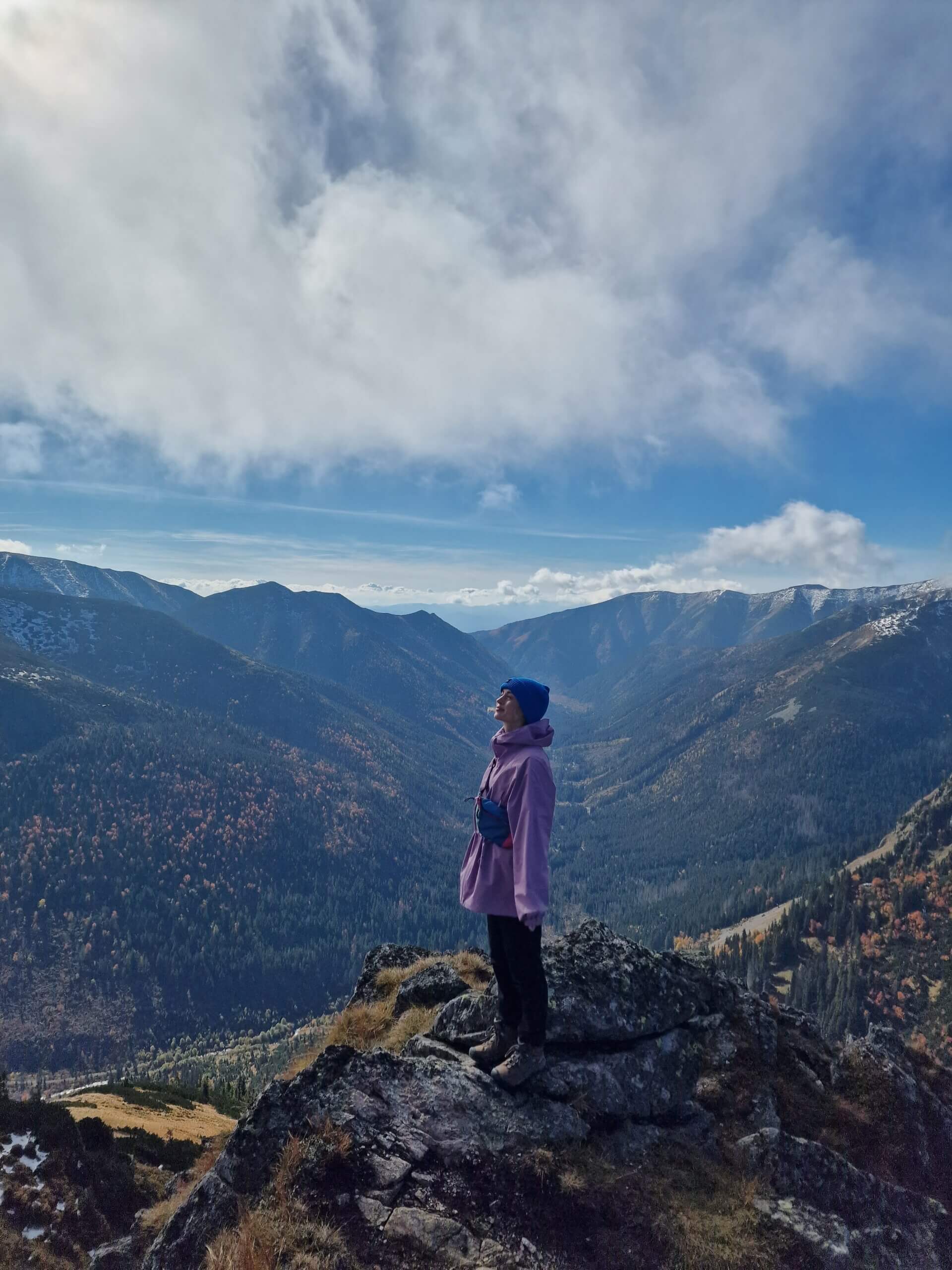
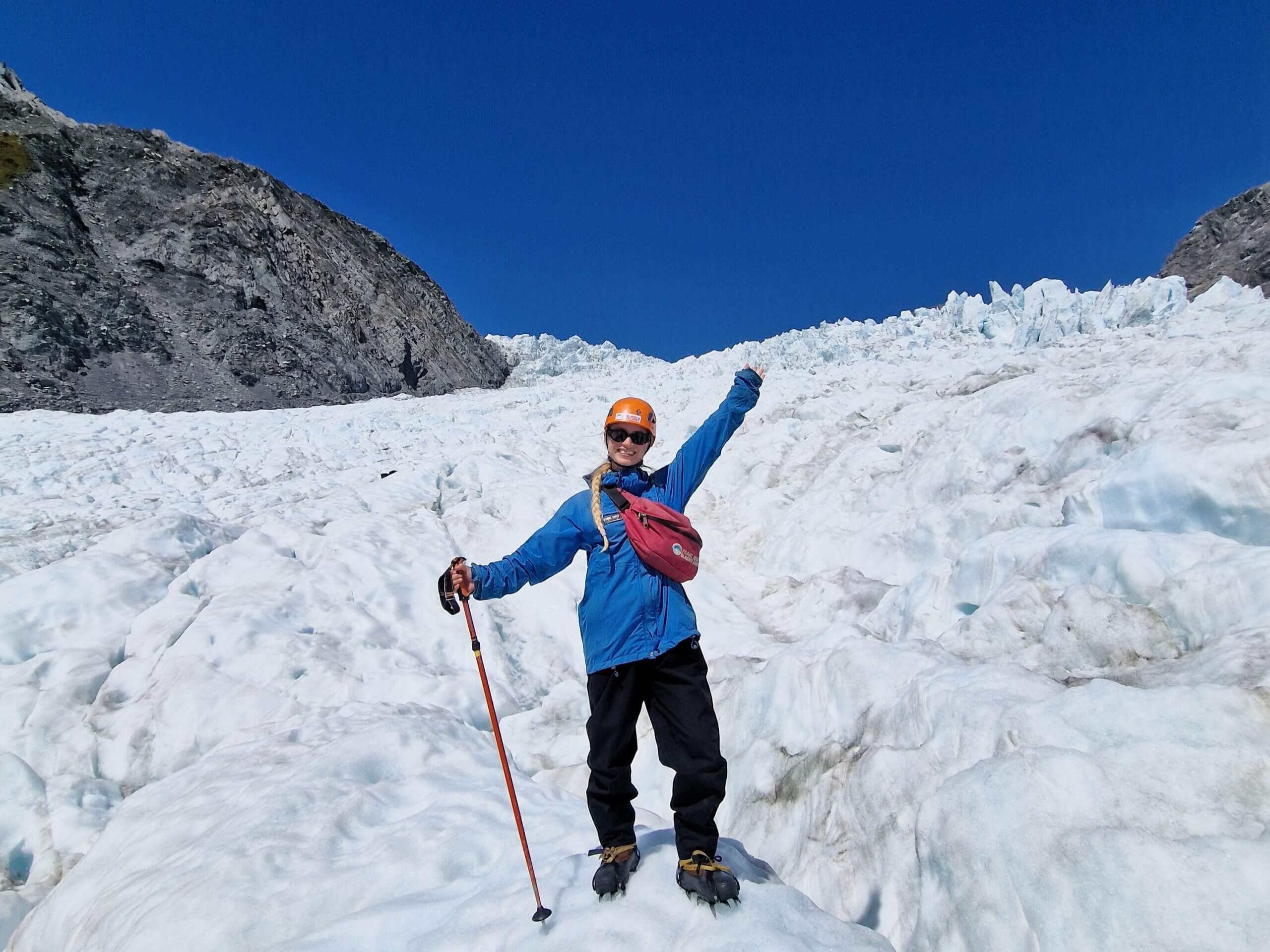
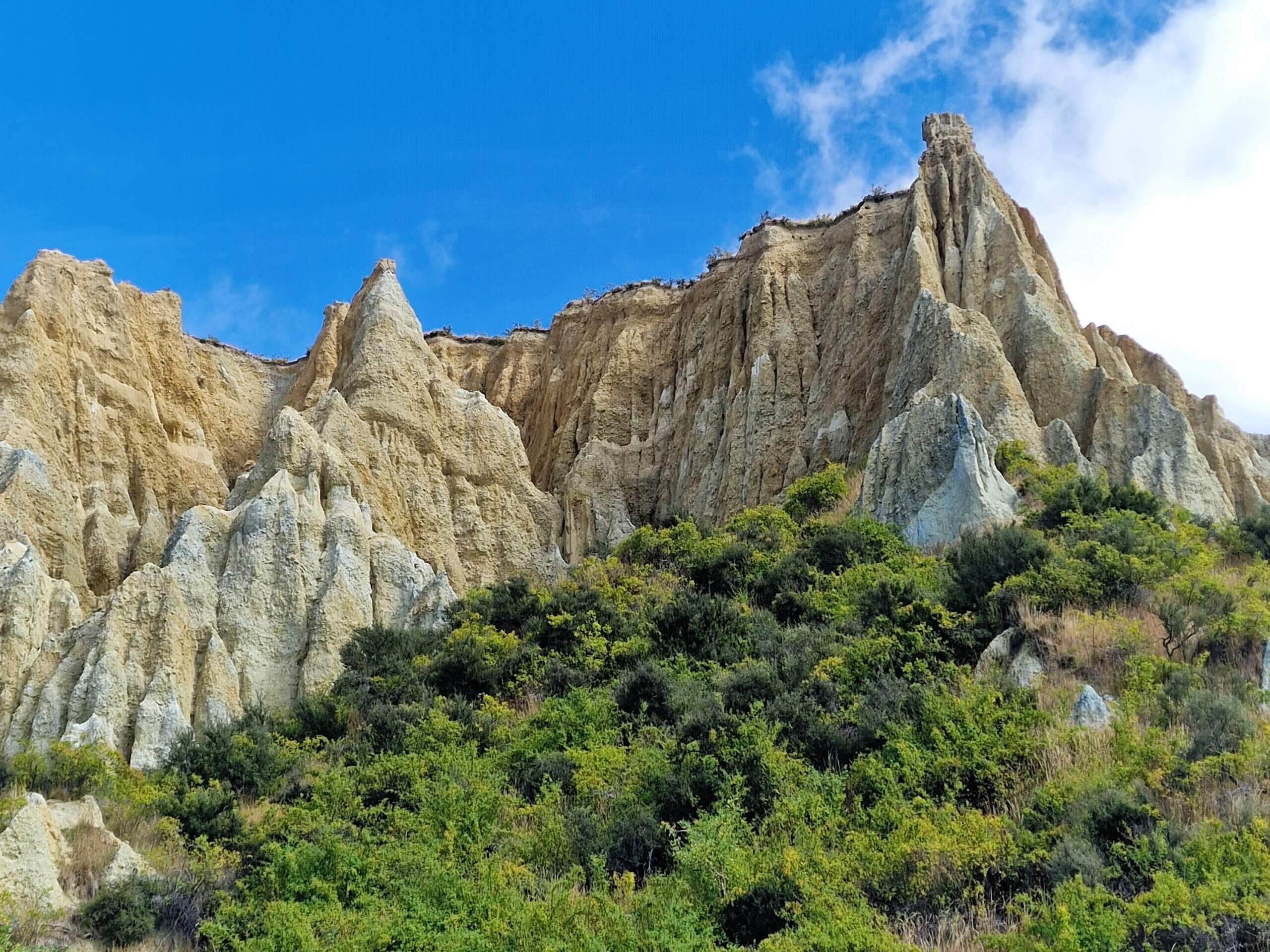
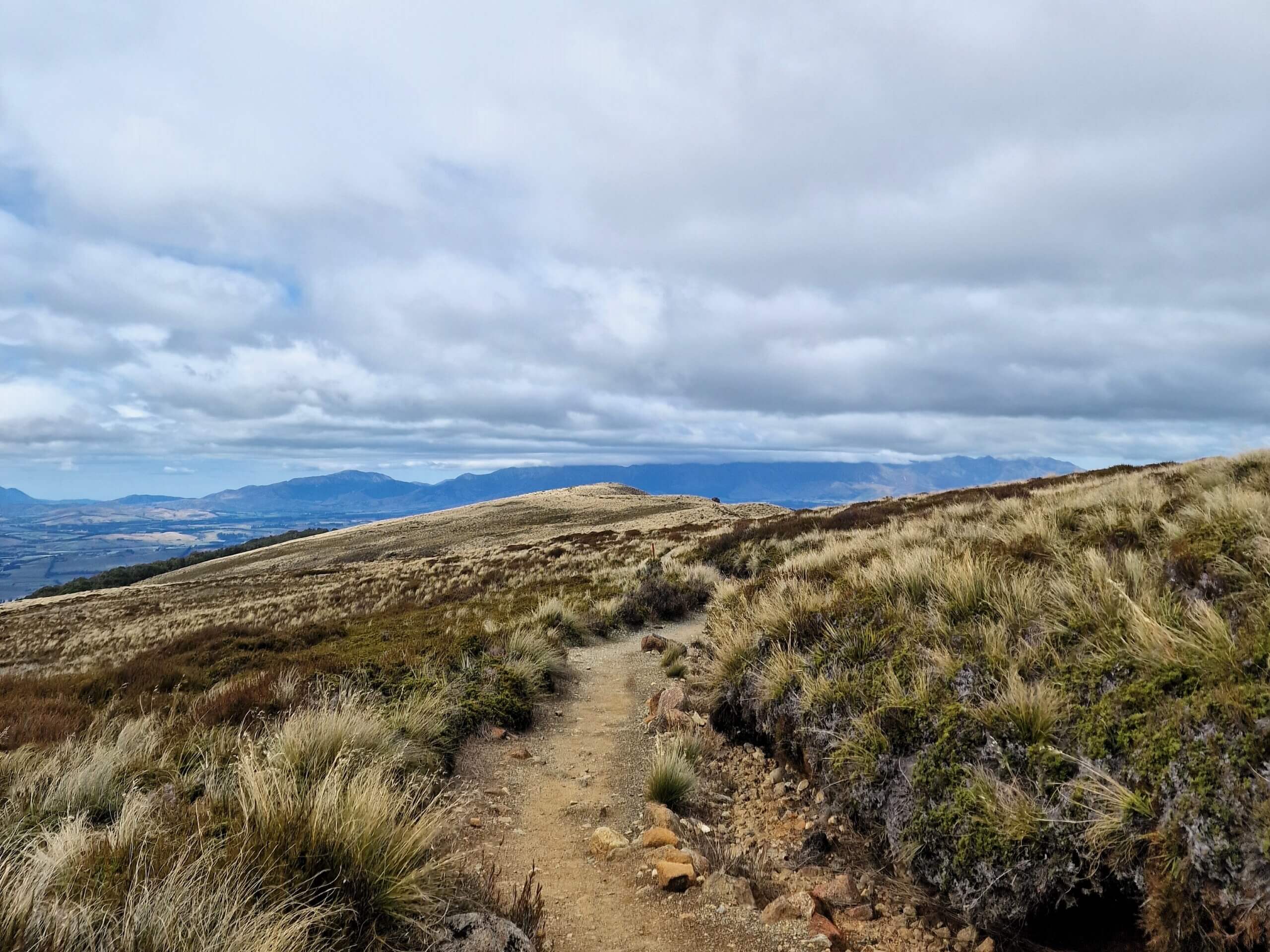
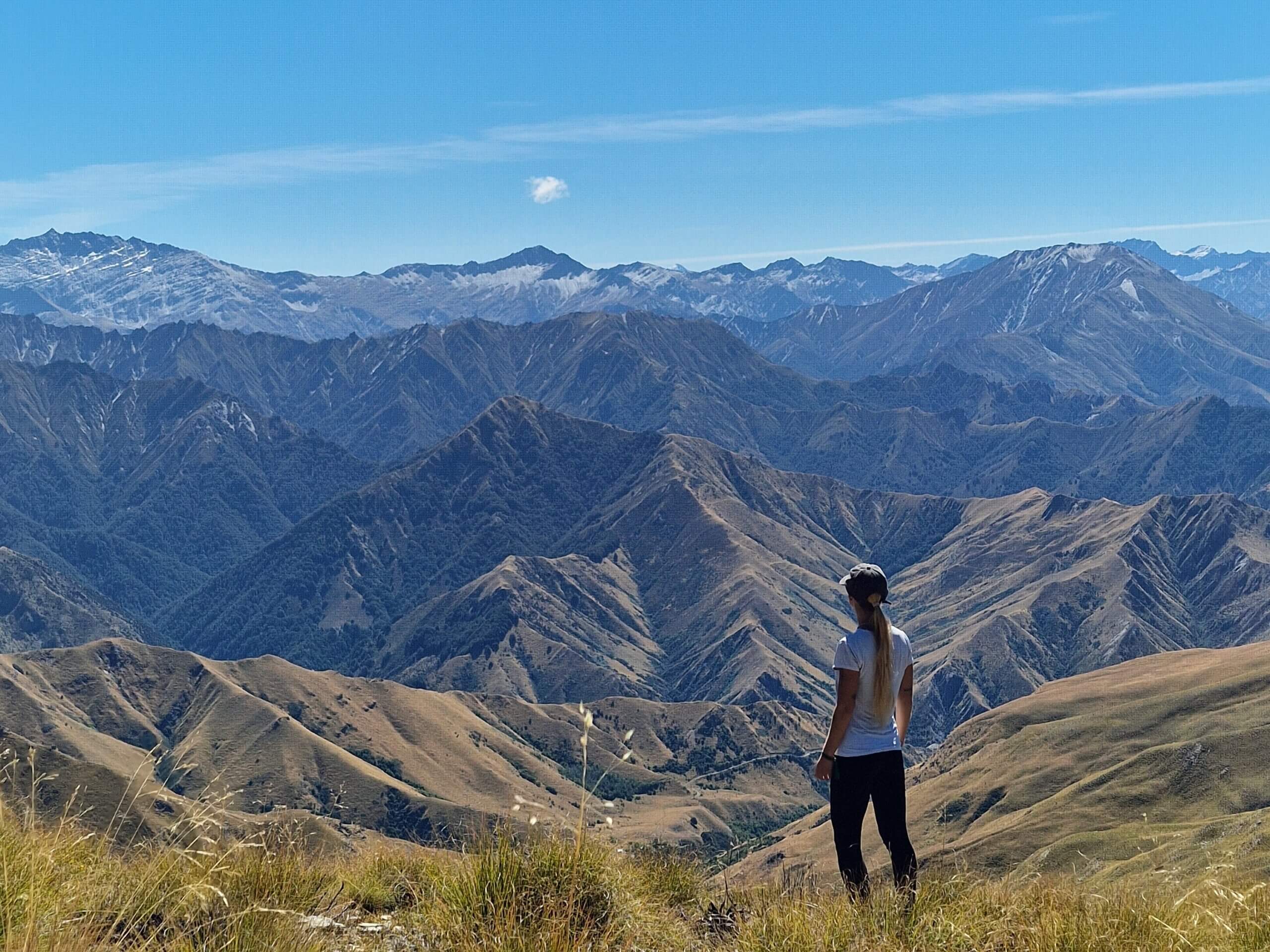
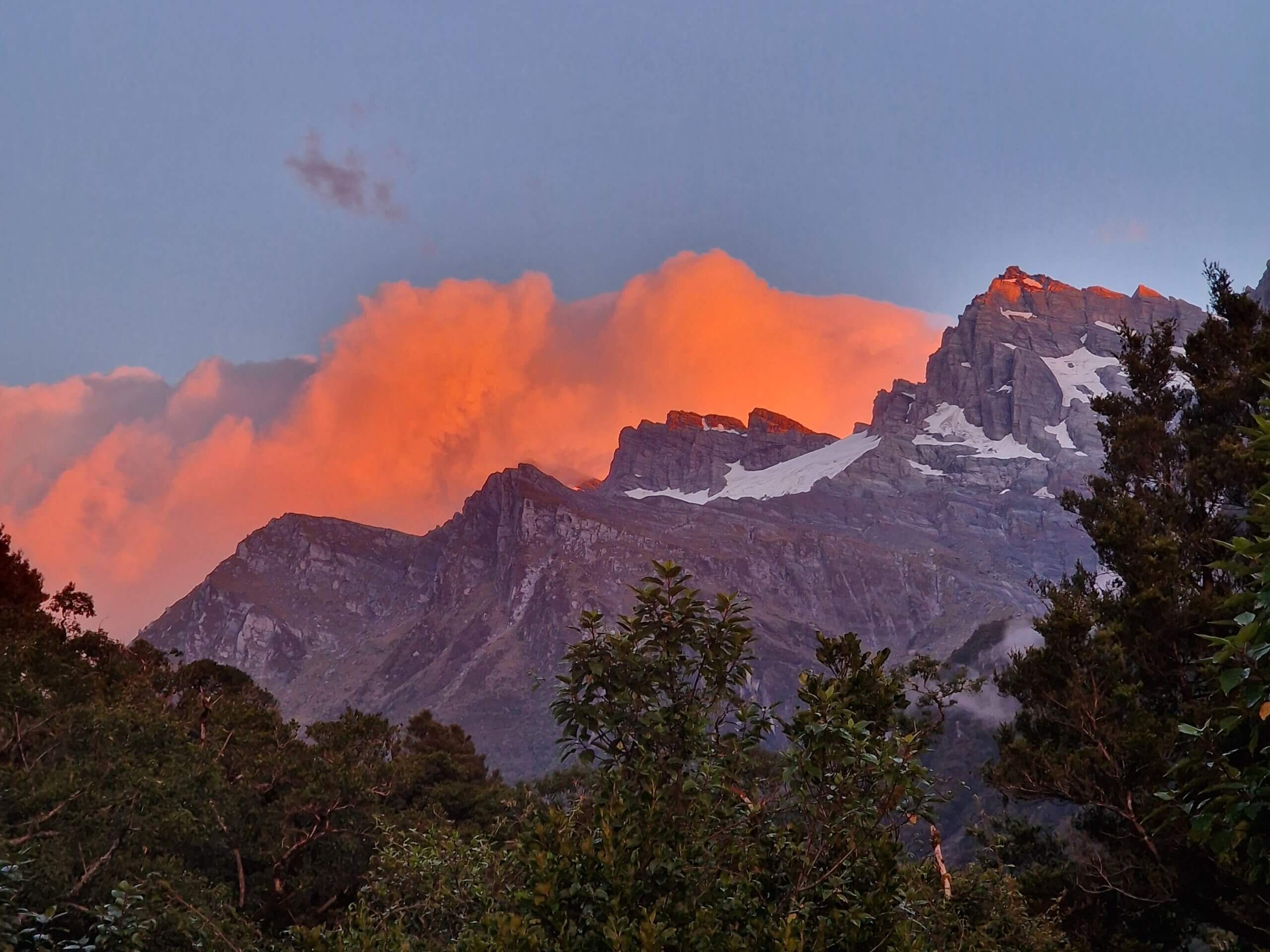
Leave a Reply